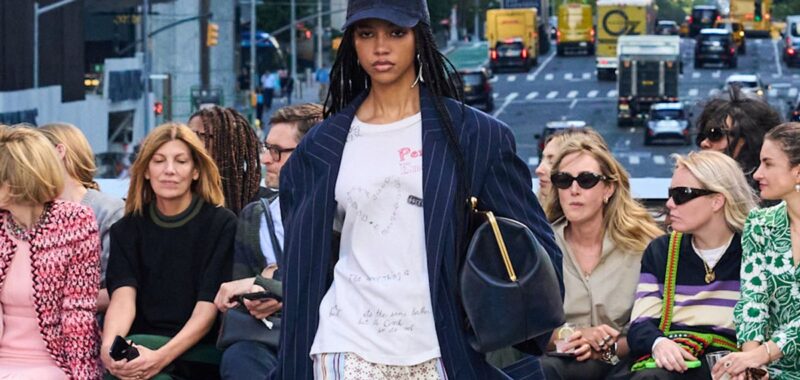For the past few years, fashion has been dominated by the idea of quiet luxury—a whisper of elegance, a celebration of simplicity. It was the uniform of subtlety, all about blending in with cashmere coats, tailored trousers and timeless pieces that signalled wealth through understatement. But as we move into spring/summer 2025, the tide is turning. A new aesthetic is emerging, and its calling card is individuality.
You’ve likely felt it already—the craving for something bolder, more eclectic, more you. The idea of a singular “right” way to dress is being challenged, and in its place, we’re seeing a resurgence of personal style as the ultimate fashion statement. This isn’t just a trend—it’s a rebellion against trends altogether. It’s a movement of people choosing pieces that tell their own stories, unapologetically and authentically. I briefly explored this notion in my overarching spring/summer 2025 trend report, affectionately calling those aligning themselves with this “alternative” way of dressing The Anti Club, but knowing there is so much more to it than a mere change of style heart, I wanted to learn more about this movement and how it ultimately affects how we’ll all wear our clothes this spring.
After years of minimalism, people are craving excitement and self-expression,” explains Dr Carolyn Mair (CPsychol), fashion business consultant and author of The Psychology of Fashion. “Quiet luxury reflected a desire for subtlety and stability and came to the fore during particularly uncertain times resulting from economic pressures or cultural fatigue from overexposure. But fashion is cyclical, and personality-driven pieces provide a fresh way to stand out and reconnect with our creative identities—identities that may have been muted when aligning with trends like quiet luxury.”
(Image credit: Getty Images / Acne Studios)
This return to individuality makes perfect sense when you consider the wider context. After all, the past five years or so have been turbulent—politically, socially and economically. In times of uncertainty, fashion often serves as a form of escapism and a means of self-definition. As Dr Mair puts it, “Amidst rising global tensions, personal freedom and identity become ever more important, motivating us to explicitly express who we are.”
It’s not just about rejecting the sameness of quiet luxury, though—it’s about what people are trying to say with their clothes. In 2025, fashion is storytelling. “People are increasingly using fashion to tell individualistic stories of resilience, hope or rebellion,” says Dr Mair. “This shift towards eclectic dressing can be seen as a reaction against the dominant narratives around conformity, privilege and access that defined quiet luxury. Many consumers are tired of constantly being told what’s ‘in’ and are embracing styles that reflect their unique personalities and experiences. It’s no longer about fitting into a trend cycle; it’s about standing out and telling a personal story.”
This shift is something that stylist and creative director Susan Bender Whitfield has been anticipating and celebrating. “Finally, we’ve emerged from hibernation stasis post-COVID and are returning to the real business of living, working and socialising,” she says. “I’ve grown tired of the quiet-luxury ‘vanilla zombie’ aesthetic. The rise of Instagram, TikTok and influencers has been a big factor. We’re bombarded with a constant stream of imagery and trends, dictating what we’re supposed to look like.”
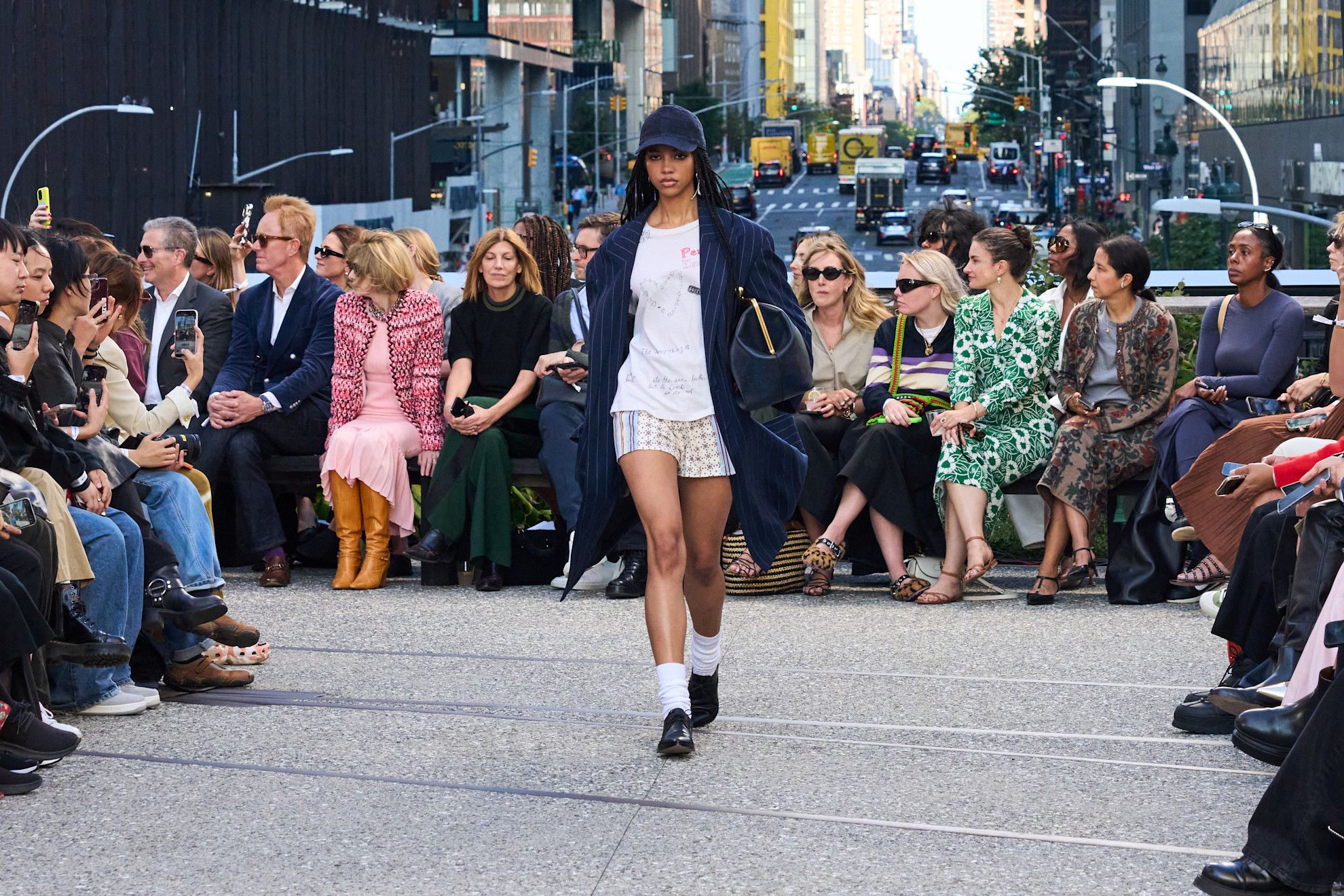
(Image credit: Launchmetrics Spotlight / Coach)
That fatigue with homogeneity—the constant push to wear the same silhouettes, the same colours, the same “timeless” staples—has reached a tipping point. In its place, we’re seeing a renewed love for the artistry of fashion and the pure joy of getting dressed. “Reclaiming our individuality is a knee-jerk reaction to the turbulent political news, wars and everyday injustices seen in our society,” Bender Whitfield continues. “We’re reclaiming the ownership of self-expression.”
It’s no surprise, then, that the brands leading this charge are the ones known for their unique, often rebellious aesthetics. “The outliers of the industry—Alaïa, Comme des Garçons, Iris van Herpen, JW Anderson, Rick Owens, Maison Margiela—they’re all pushing the boundaries,” says Bender Whitfield. “These designers embrace creativity and individuality in a way that feels more vital than ever.”
Pandora Lennard, brand creative director and founding partner of model agency Anti-Agency, echoes this sentiment, tying the shift to our growing distrust of the digital world. “Between the ‘dead internet theory’, fake news and indiscernible advertising, people are more overwhelmed and distrusting of social media, the internet and AI than ever before,” she explains. “Previous sources of inspiration like Instagram and Pinterest have become homogenised and formulaic. In a world where you’re constantly being sold something by someone, a return to personal style and individualism has become the only reliable form of unique expression.”

(Image credit: Launchmetrics Spotlight / Loewe)
That’s why this movement feels so powerful. It’s not just about the clothes—it’s about taking back control. “We’re learning to trust in our own opinions more and take bigger risks in proudly expressing who we are and what we stand for,” Lennard says. For many, this means embracing designers pushing against the grain, including smaller independent labels with a strong sense of identity. “From London, I think Chopova Lowena and its rebellious punk aesthetic is a great example of anti-quiet fashion,” Lennard notes. “I also love discovering independent designers like Immoral London, which creates stunning one-of-a-kind corsets. There’s a certain savviness and pride in being able to create something unique on a budget.”
As we move further into 2025, it’s clear that this shift towards individuality isn’t just about making bold statements—it’s about creating a wardrobe that truly reflects who you are. The Anti Club ethos encourages dressing with instinct and intention, choosing pieces that resonate on a personal level rather than simply following trends. And whilst the idea of a “capsule wardrobe” has long been associated with minimalism and versatility, the alternative capsule flips that on its head.
Instead of focusing on staples designed to blend in, the alternative capsule is about curating pieces that stand out—items that spark joy, invite curiosity and tell a story. It’s about unexpected combinations, unique silhouettes and a willingness to take risks. So, how do you build a wardrobe that captures this rebellious spirit whilst still feeling cohesive and wearable? Let’s dive into the ultimate alternative capsule wardrobe for spring 2025…
The Ultimate 9-Piece Alternative Capsule Wardrobe for Spring 2025
1. Jumbo Jeans

Style Notes: Skinny jeans might be making a comeback this season, but I think it’s fair to say that not everyone will be pleased. Let me present, then, their anthesis: jumbo jeans. As seen at Acne Studios, Gucci and Roberto Cavalli, these extreme wide-legs bring an exaggerated, oversized silhouette that taps into the street style scene whilst also looking very polished. Go for a pair that pools around your feet and creates a slouchy, effortless vibe. Up top, just about anything goes, but I do enjoy how dramatic they look when paired with layered tops and leather blazers.
Shop the Trend:
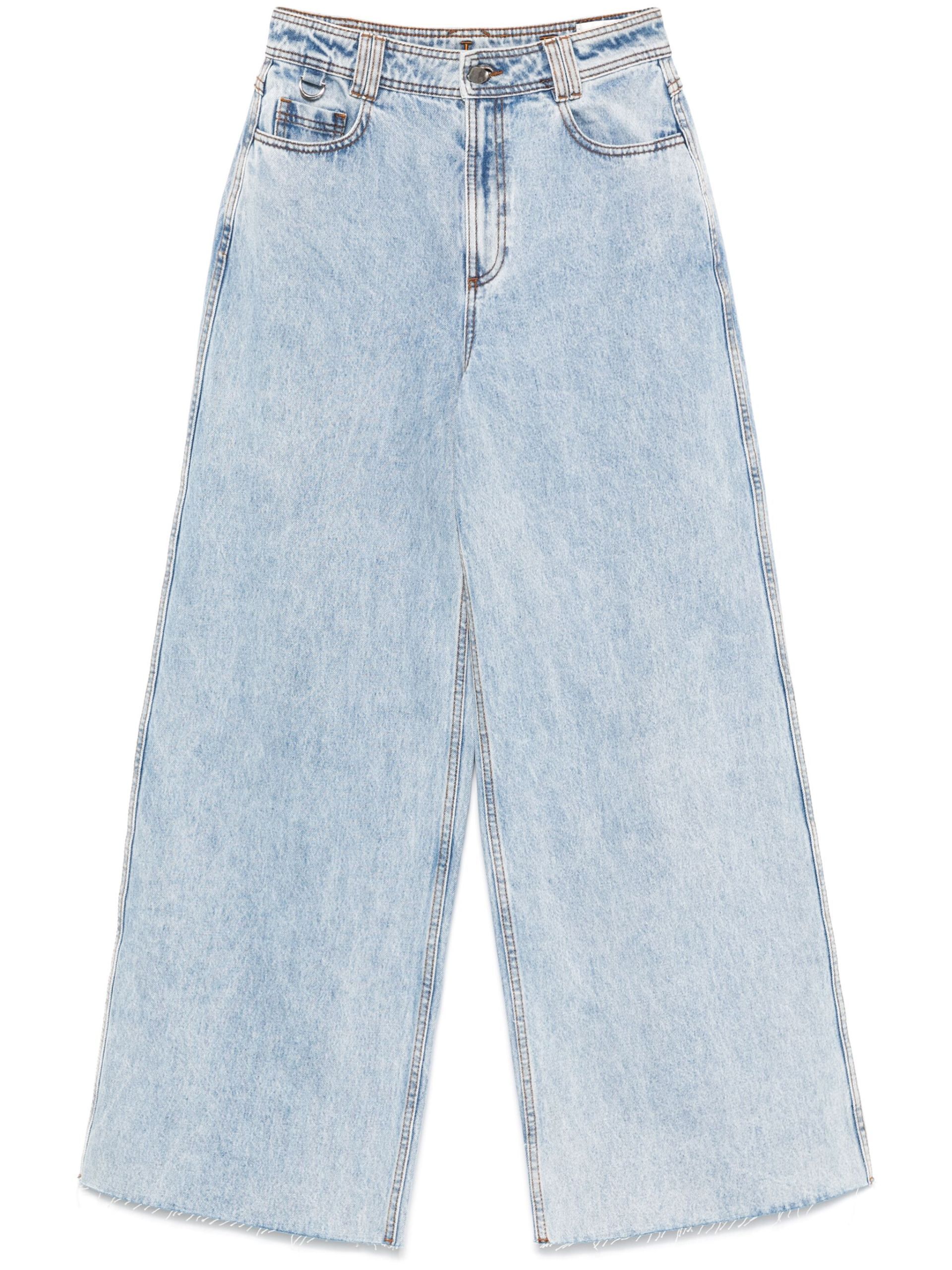
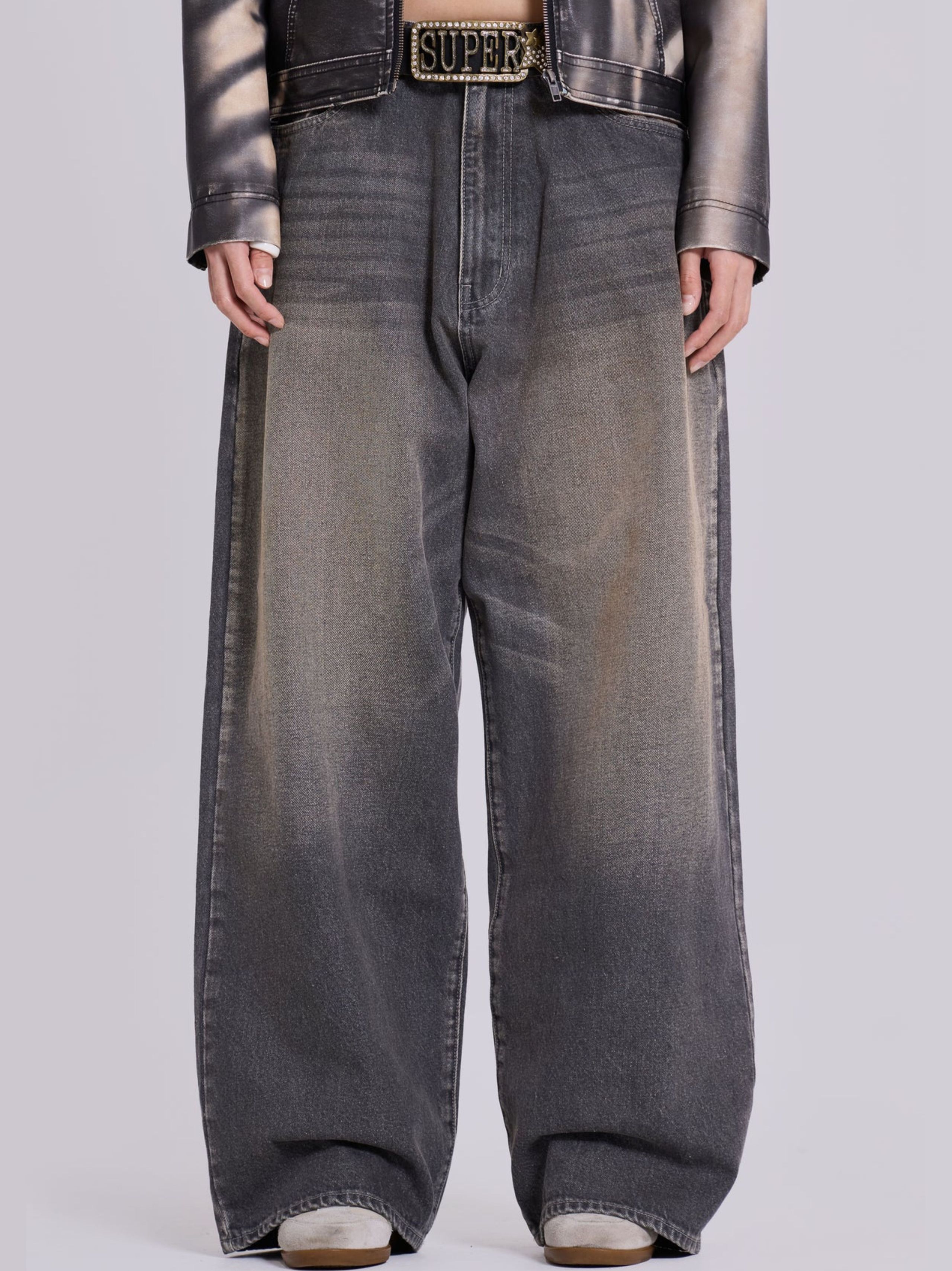
Jaded London
XL Colossus Jeans
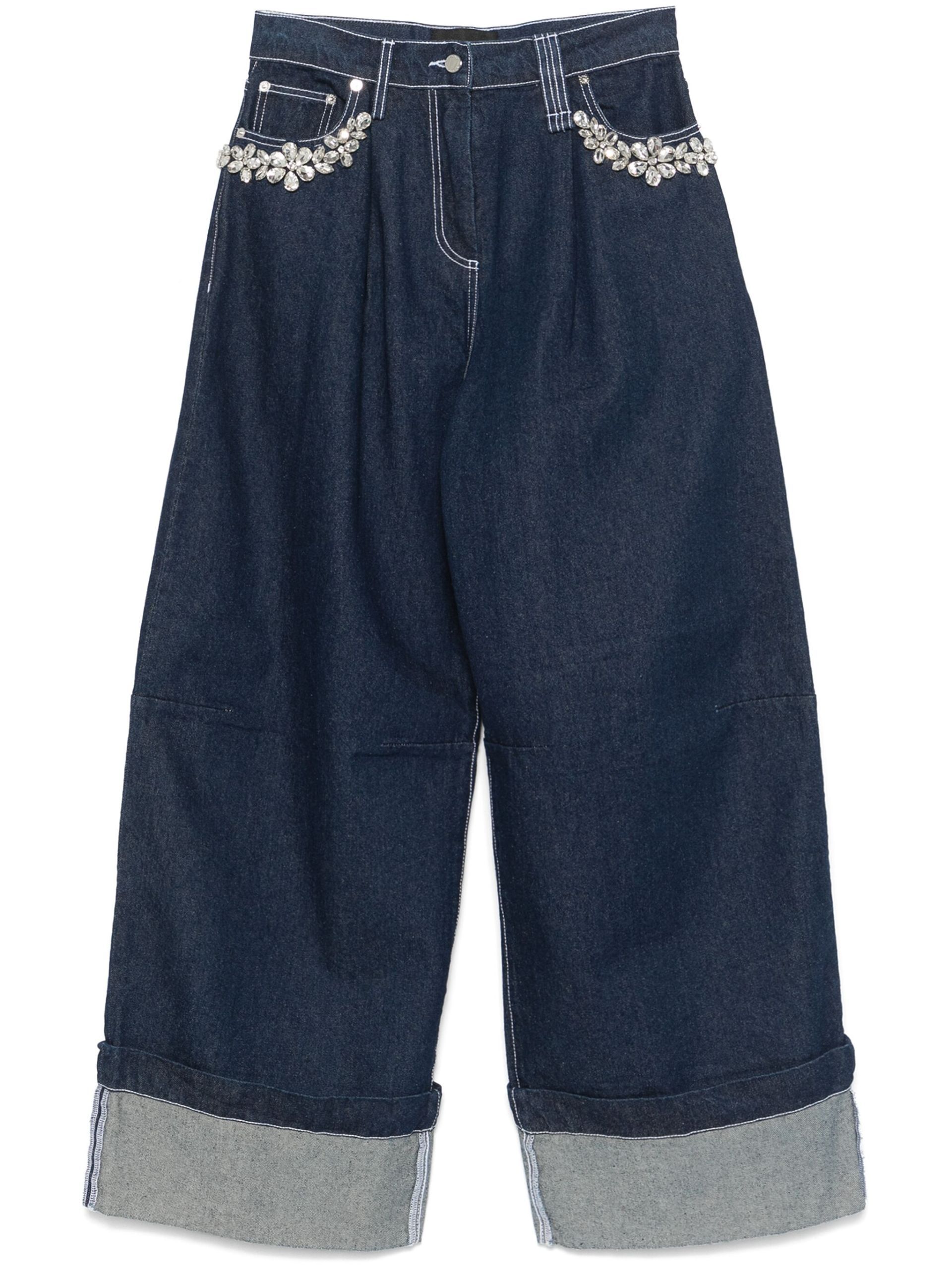
Simone Rocha
Crystal Jeans

FRAME
Le Baggy Palazzo Jeans
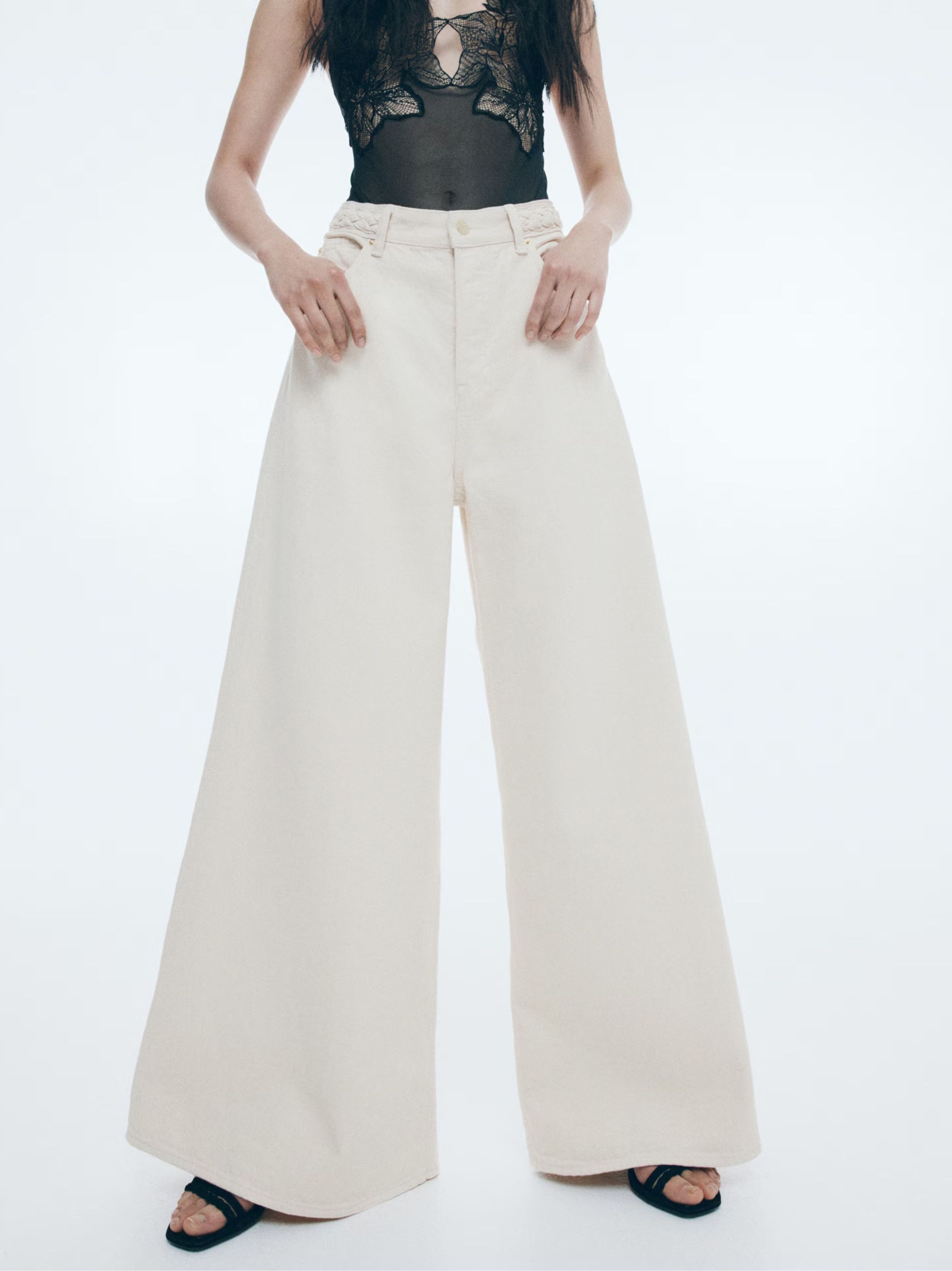
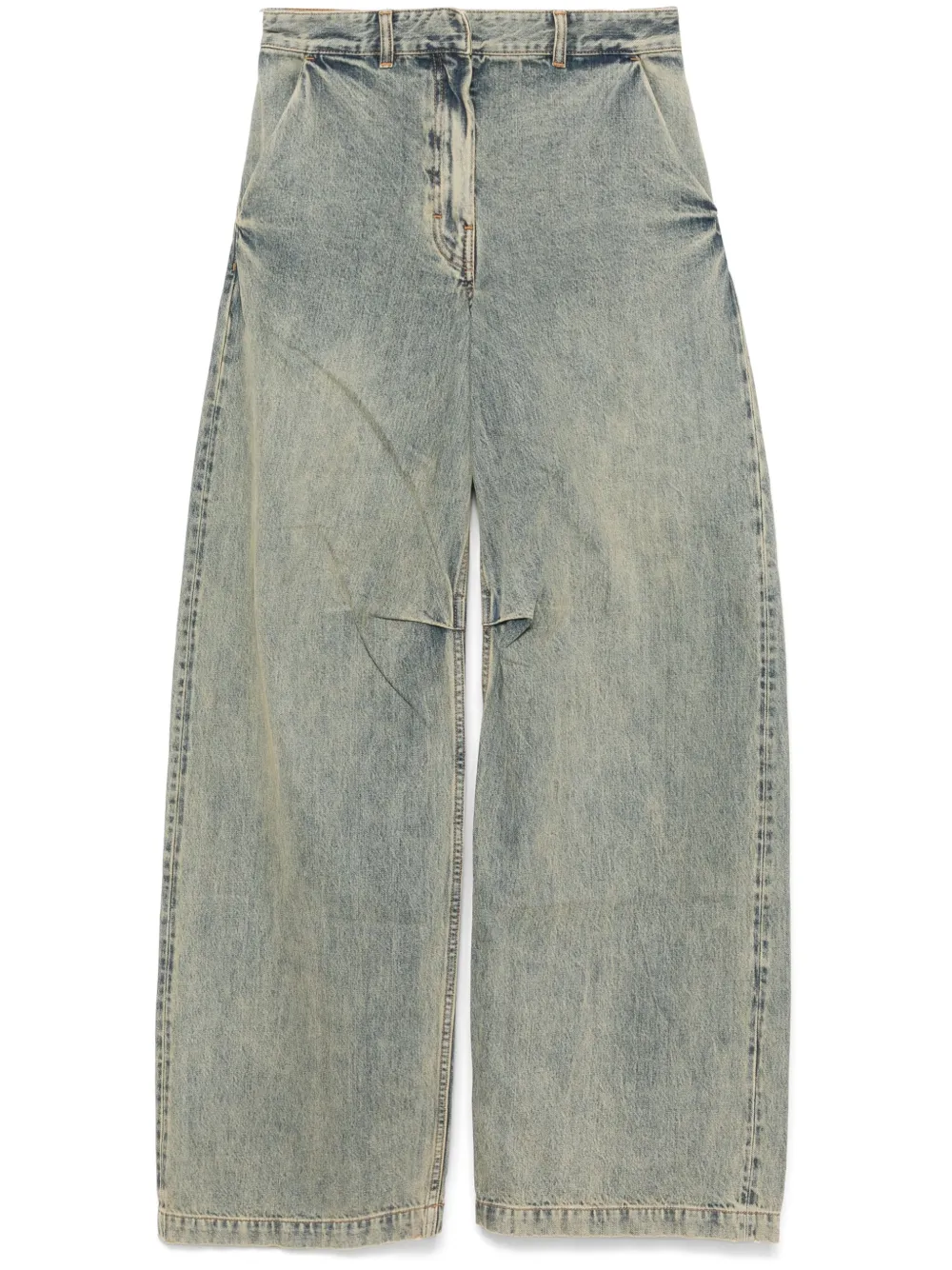
2. Offbeat Leather Jackets
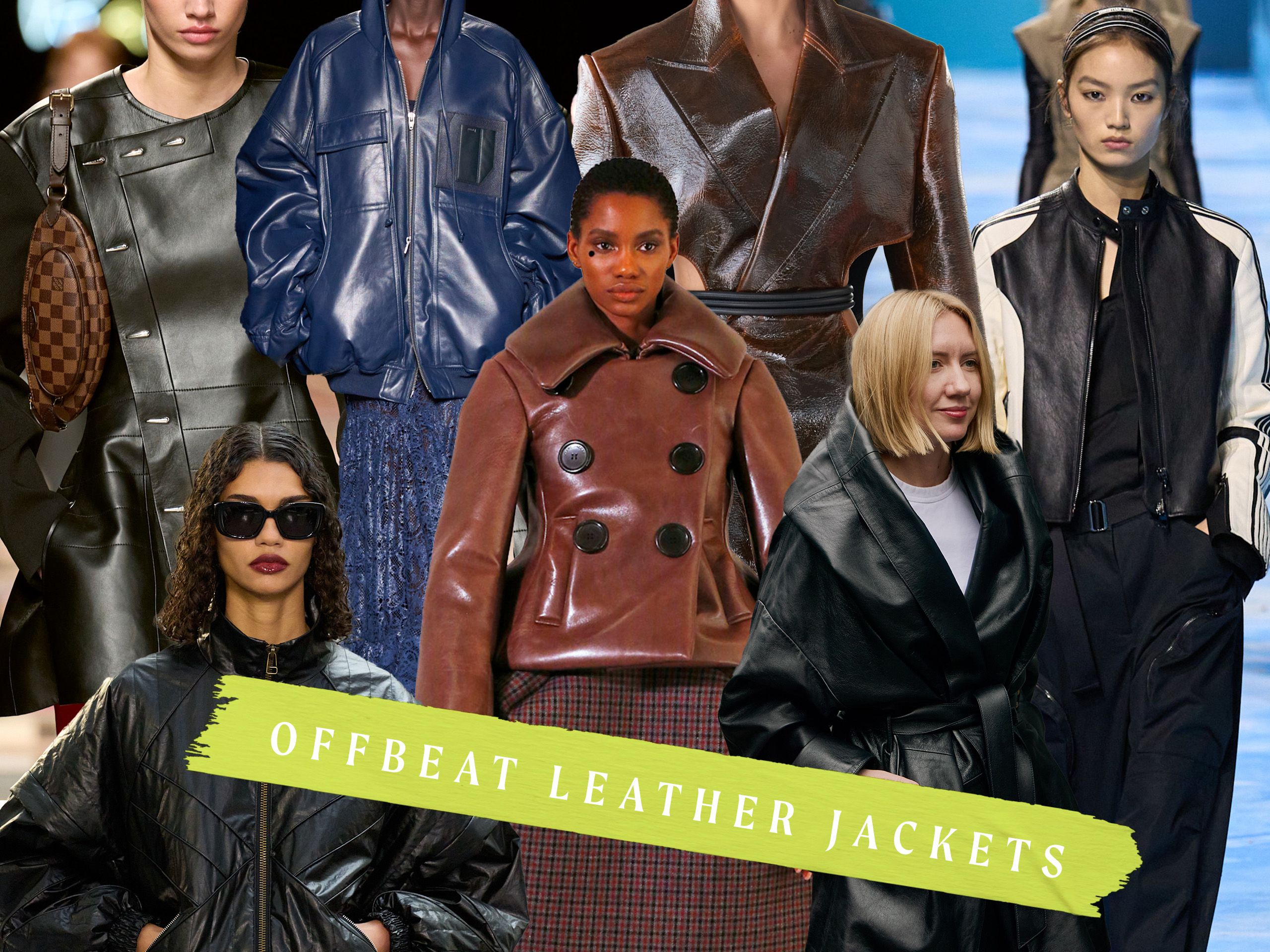
Style Notes: Leather jackets have long been a wardrobe staple, but for spring 2025, they’ve had a serious overhaul. Louis Vuitton, Marc Jacobs, Burberry and Dior have reimagined this classic with unexpected twists—think distressed finishes, clashing ombré colours, feather-trimmed collars and gouged cut-outs. These aren’t jackets that quietly complete an outfit; they take centre stage. Throw one over a bold dress or finish with longline Bermuda shorts for a true “anti” take.
Shop the Trend:
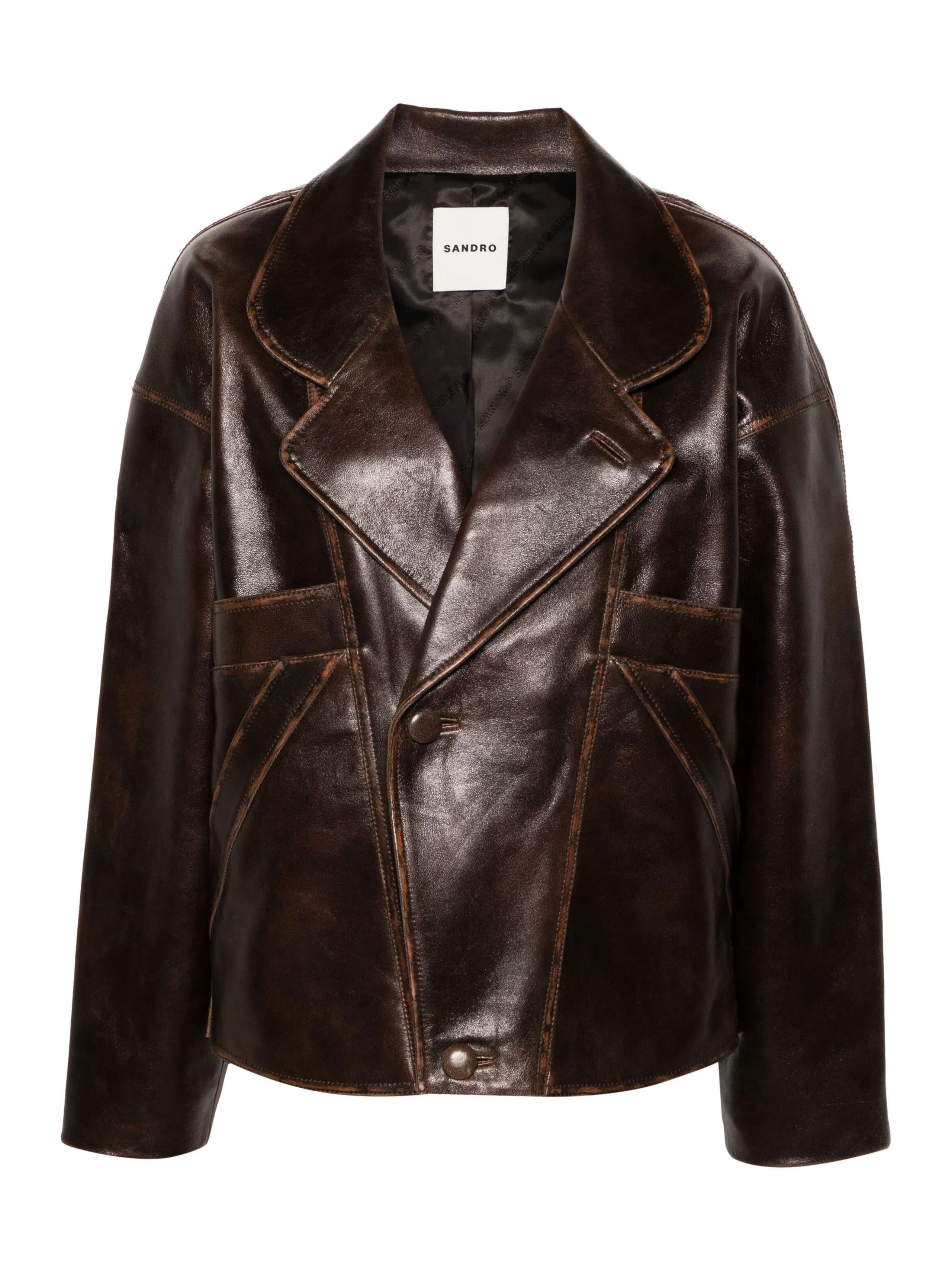
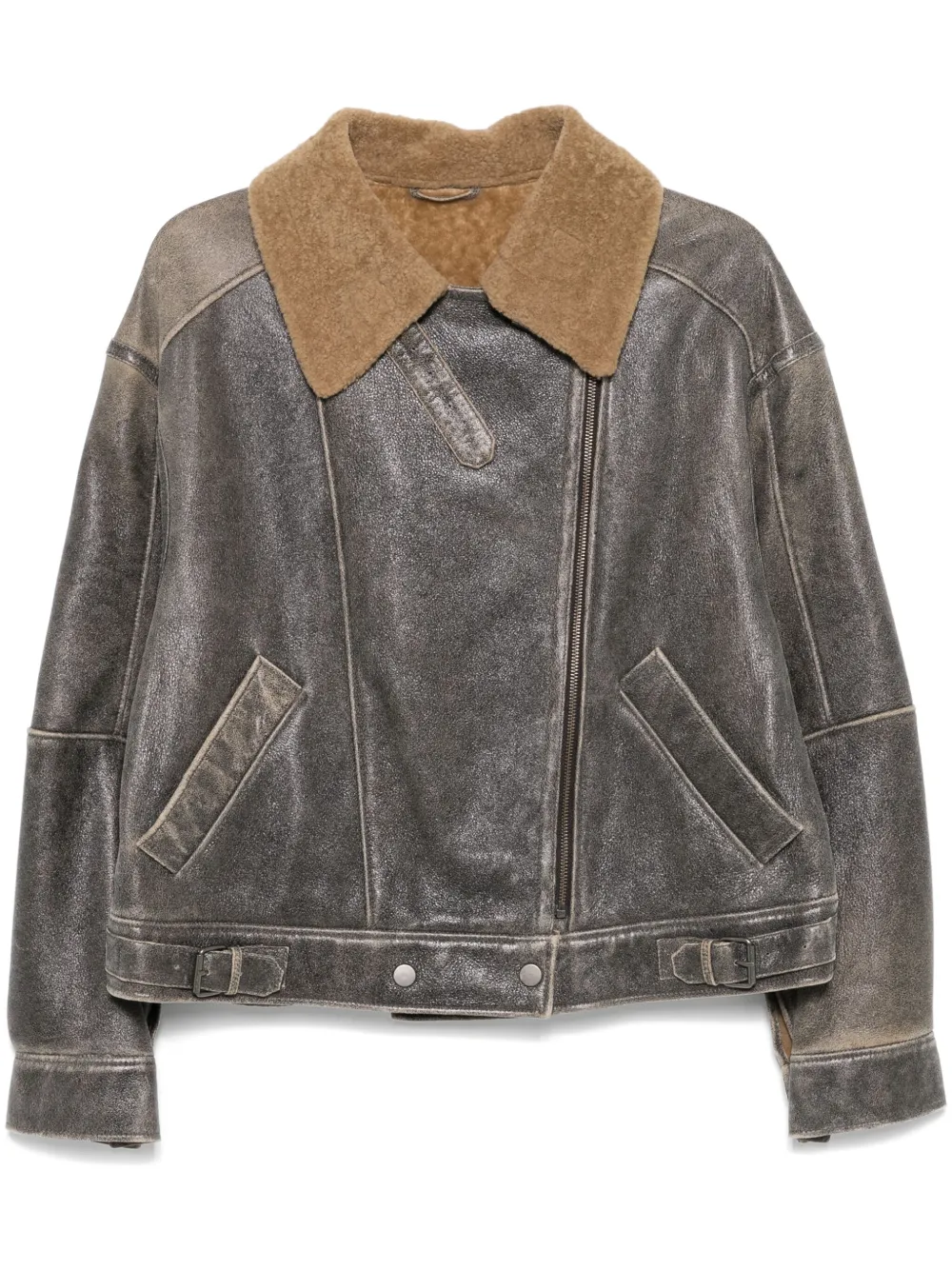
Manokhi
Shearling Leather Jacket
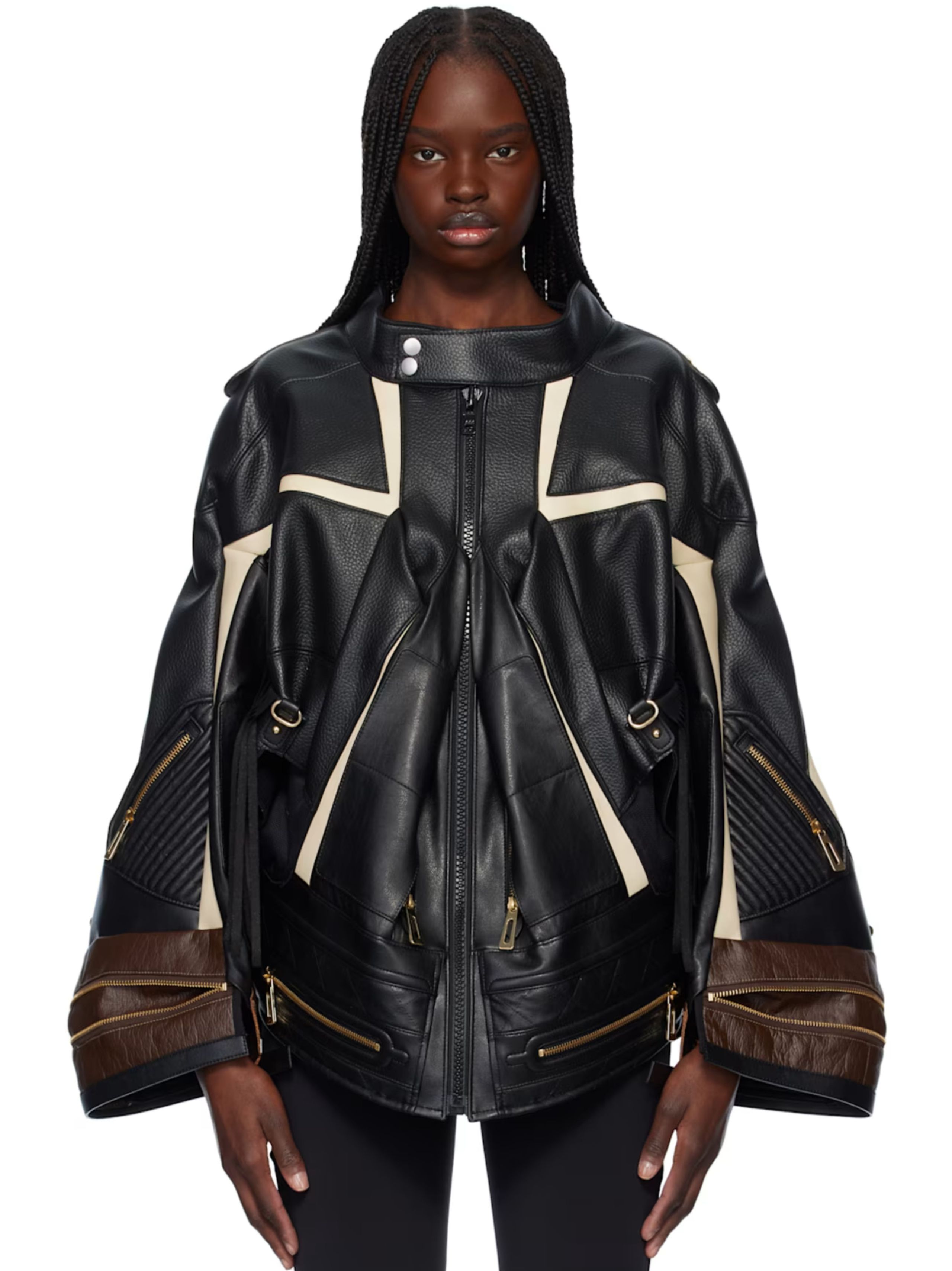
Junya Watanabe
Faux-Leather Jacket
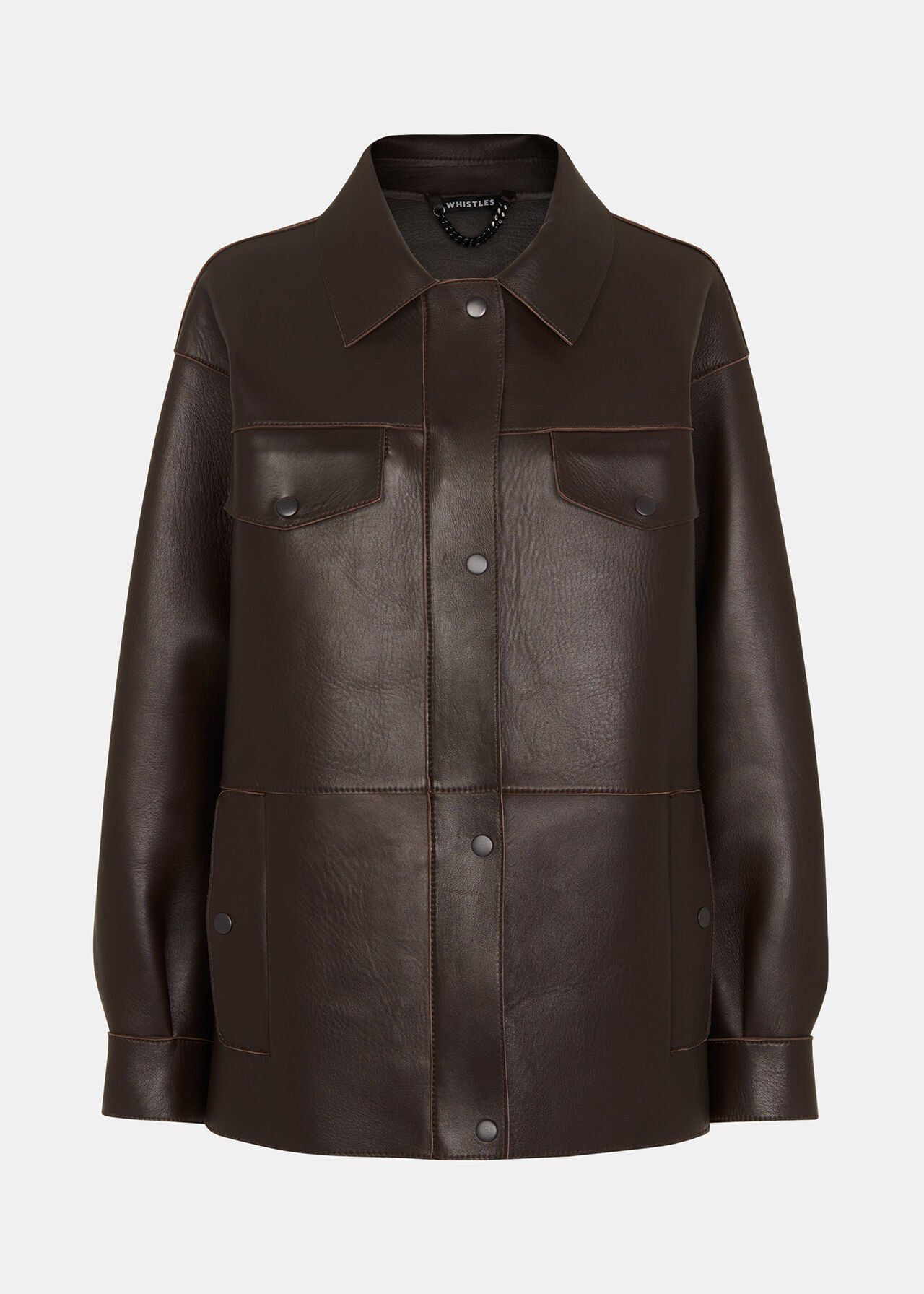
Whistles
Bonded Leather Jacket

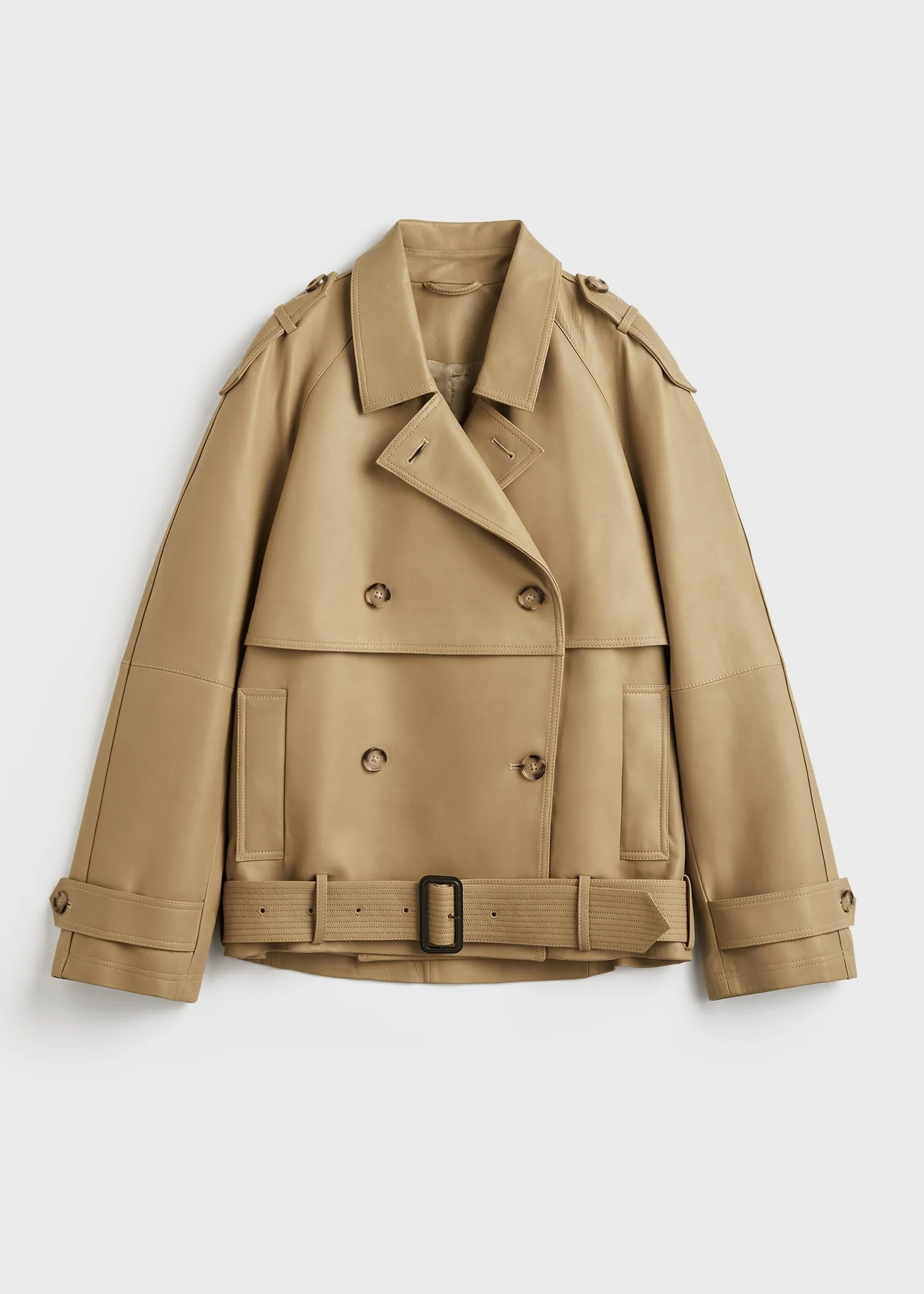
Toteme
Short Leather Trench
3. Graphic Tees
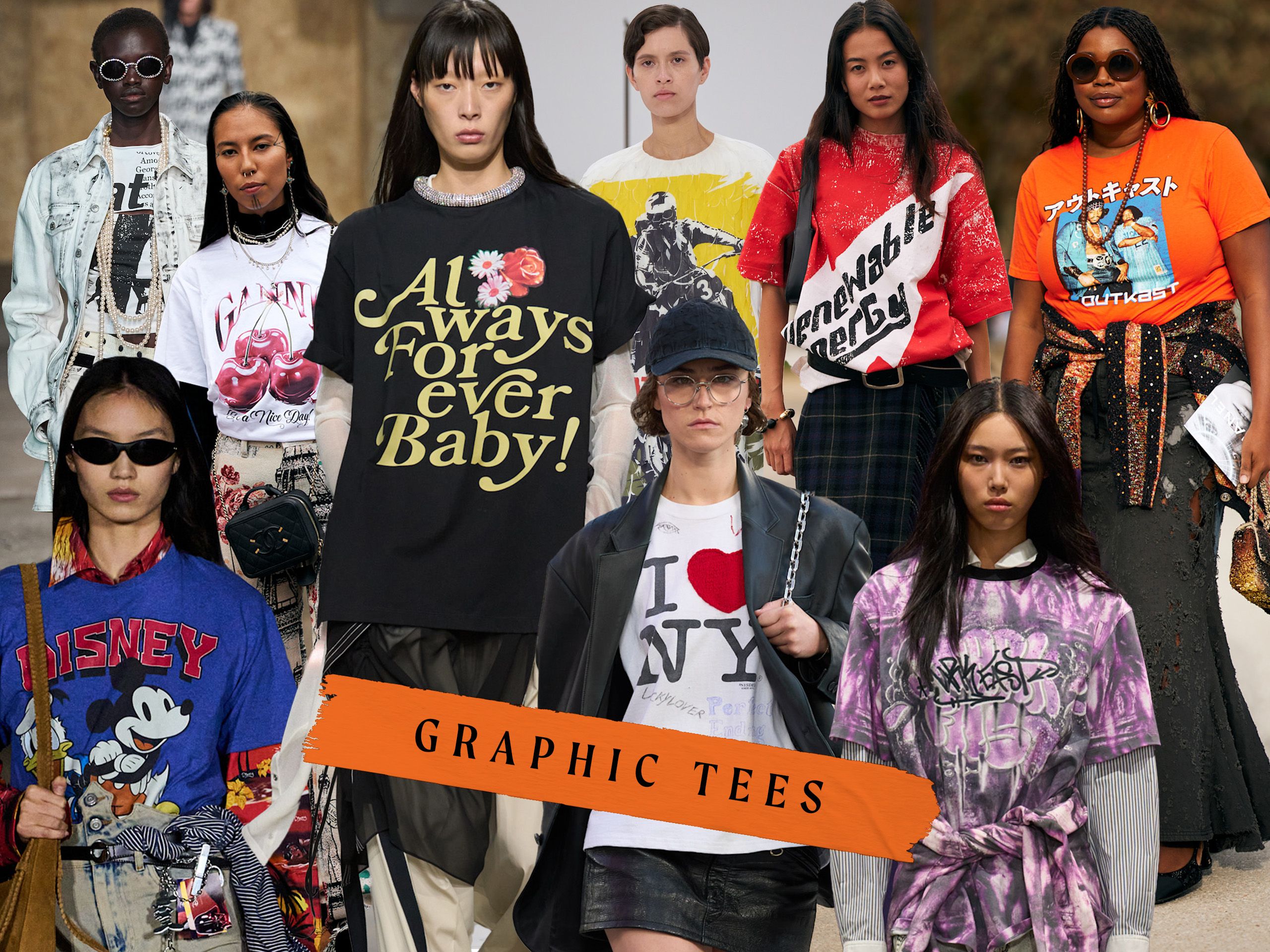
Style Notes: Grunge is back, and it’s brought its T-shirts with it. Graphic tees are an alternative capsule essential, offering a sense of anarchy and nonchalance that’s hard to replicate. Coach’s embellished “I Heart NY” tee, Ganni’s sports-inspired shirts and Loewe’s moto graphics all tap into this mood and present a very 2025 way of styling miniskirts, jeans and tailoring. They look their best lived-in, so perhaps you can find one lurking in the back of your wardrobe or the depths of a family member’s chest of drawers. That said, there are plenty of new iterations on the market, too.
Shop the Trend:
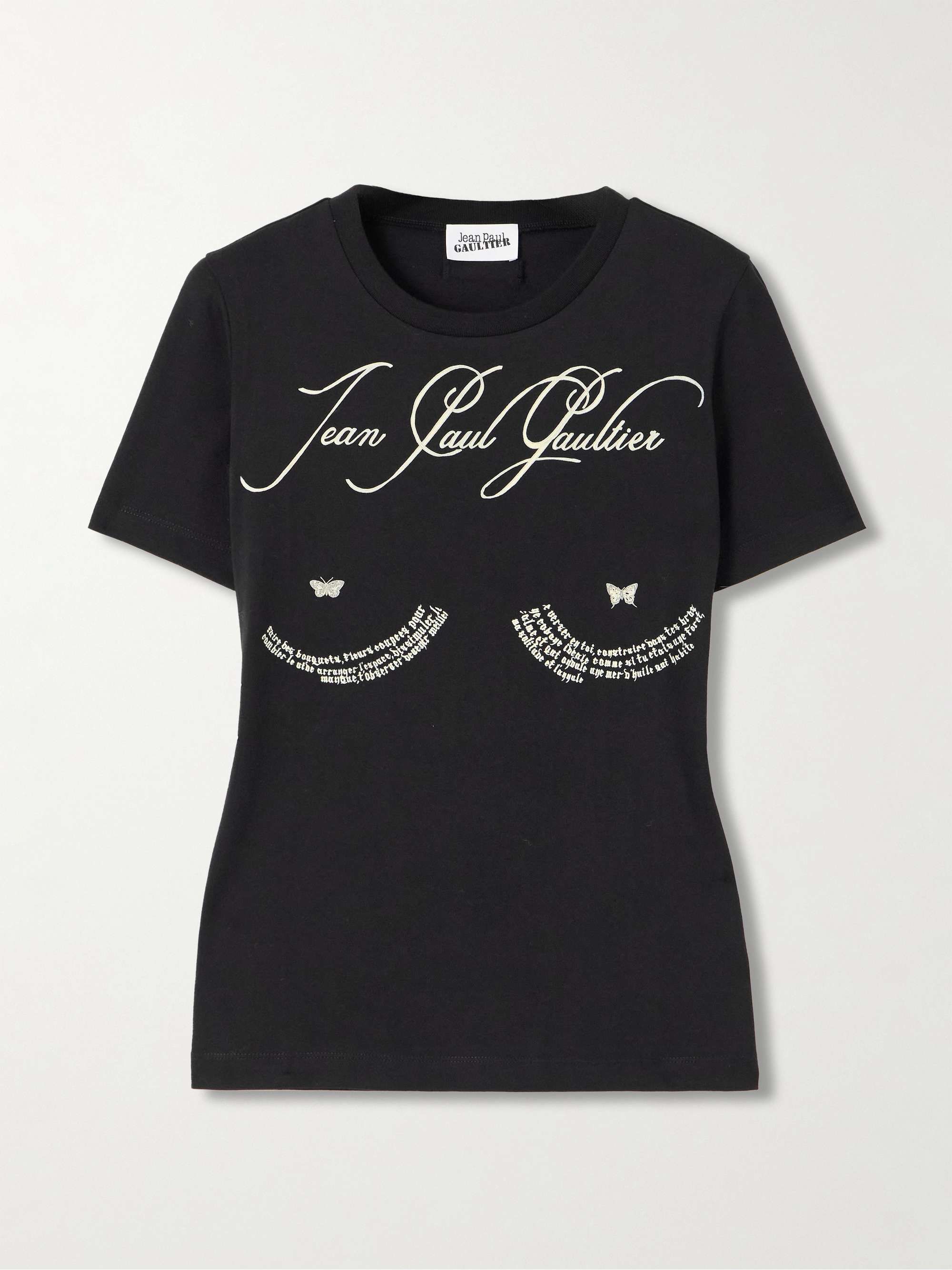
JEAN PAUL GAULTIER
Printed T-Shirt

COACH
Relaxed Graphic T-Shirt

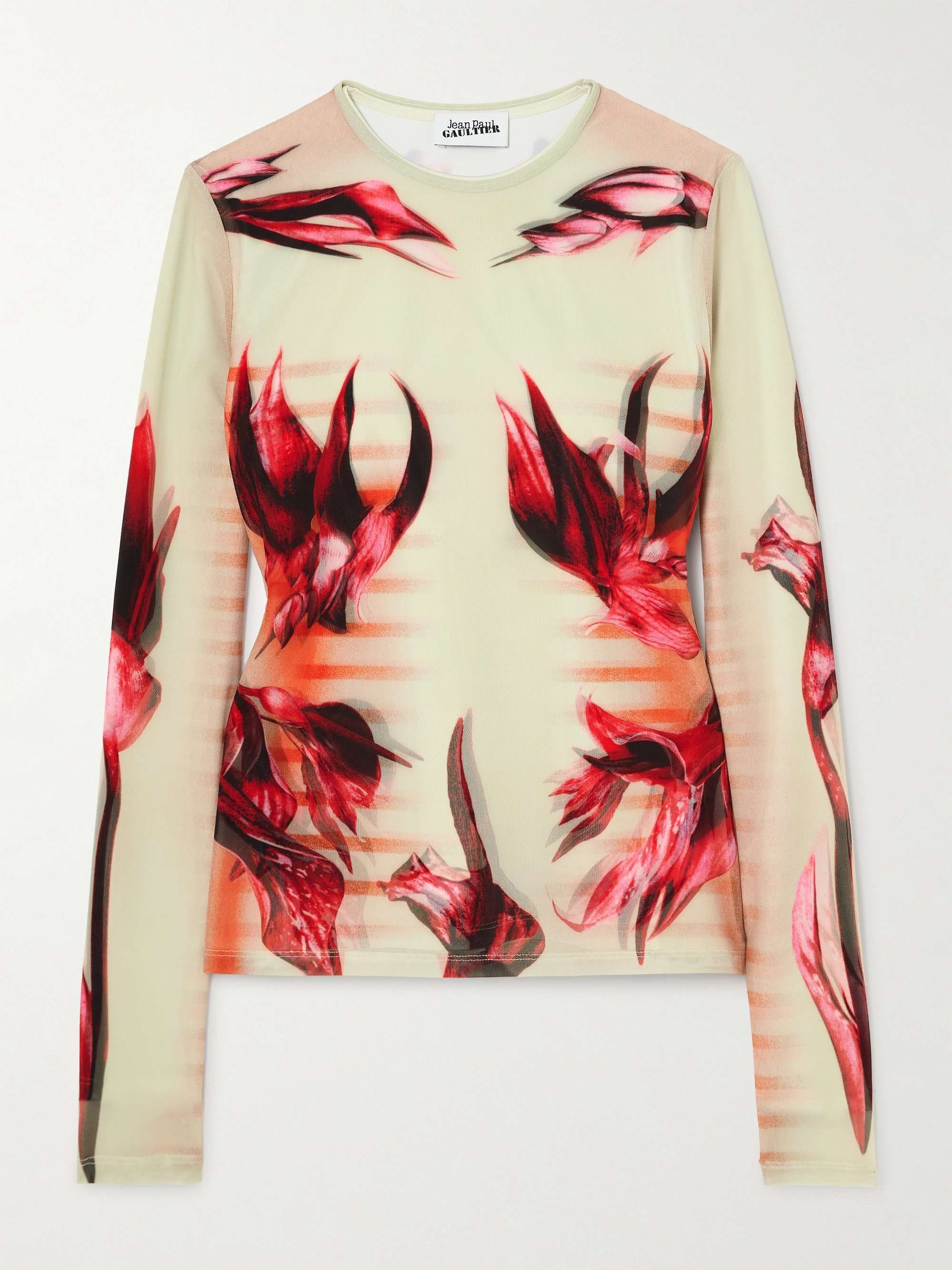
JEAN PAUL GAULTIER
Printed Stretch T-Shirt
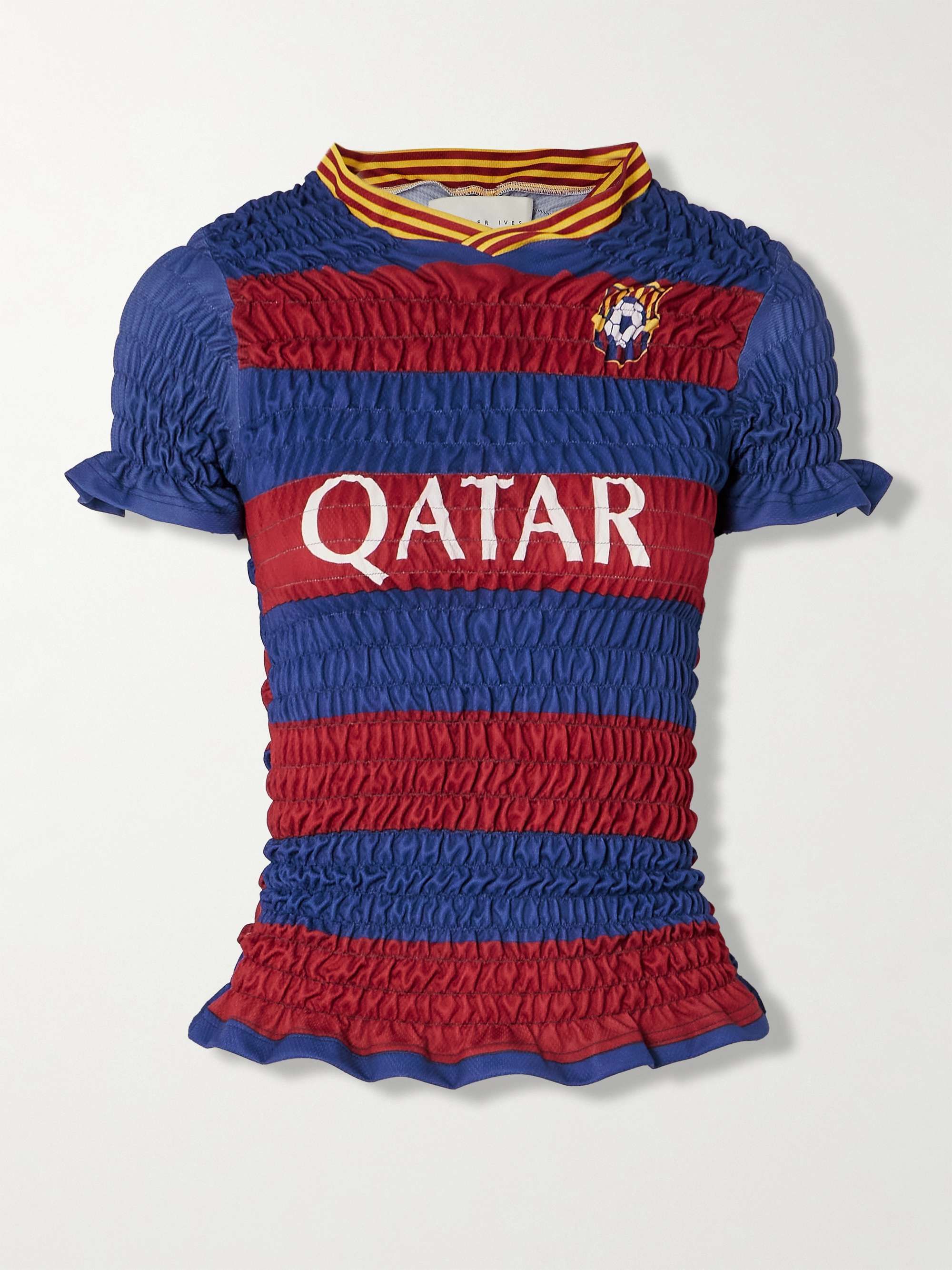
CONNER IVES
Shirred Jersey Top
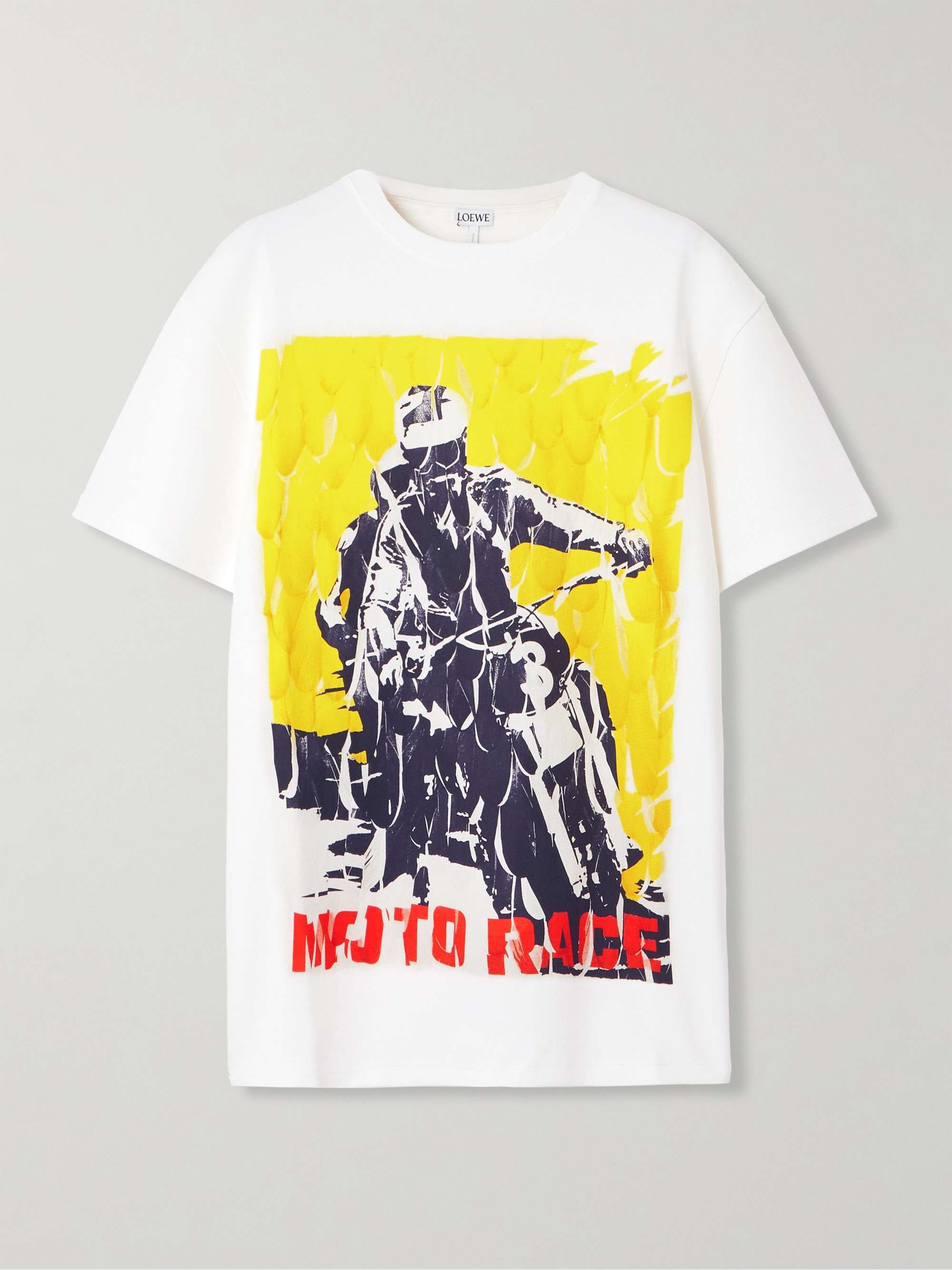
LOEWE
Relaxed Fit T-Shirt
4. Anything-But-Basic Dresses

(Image credit: Kei Nimomiya; Marques’Almeida; Cecilie Bahnsen; Simone Rocha; Ester Manas; Valentino, all courtesy of Launchmetrics Spotlight)
Style Notes: If there’s one thing the alternative capsule wardrobe thrives on, it’s distinct and statement dresses. Leading the charge are Marques’Almeida, Cecilie Bahnsen, Coperni, Valentino and Louis Vuitton, who all embraced such frocks for spring. These dresses are unapologetically eye-catching—think ballooning shapes, layers of ruffles or vivid, saturated hues. But what makes them even more exciting is their versatility. You can wear them solo for an impactful, sculptural effect or layer them over statement tops for a more eclectic take. It’s about making a dress more than just a dress; a declaration of individuality.
Shop the Trend:
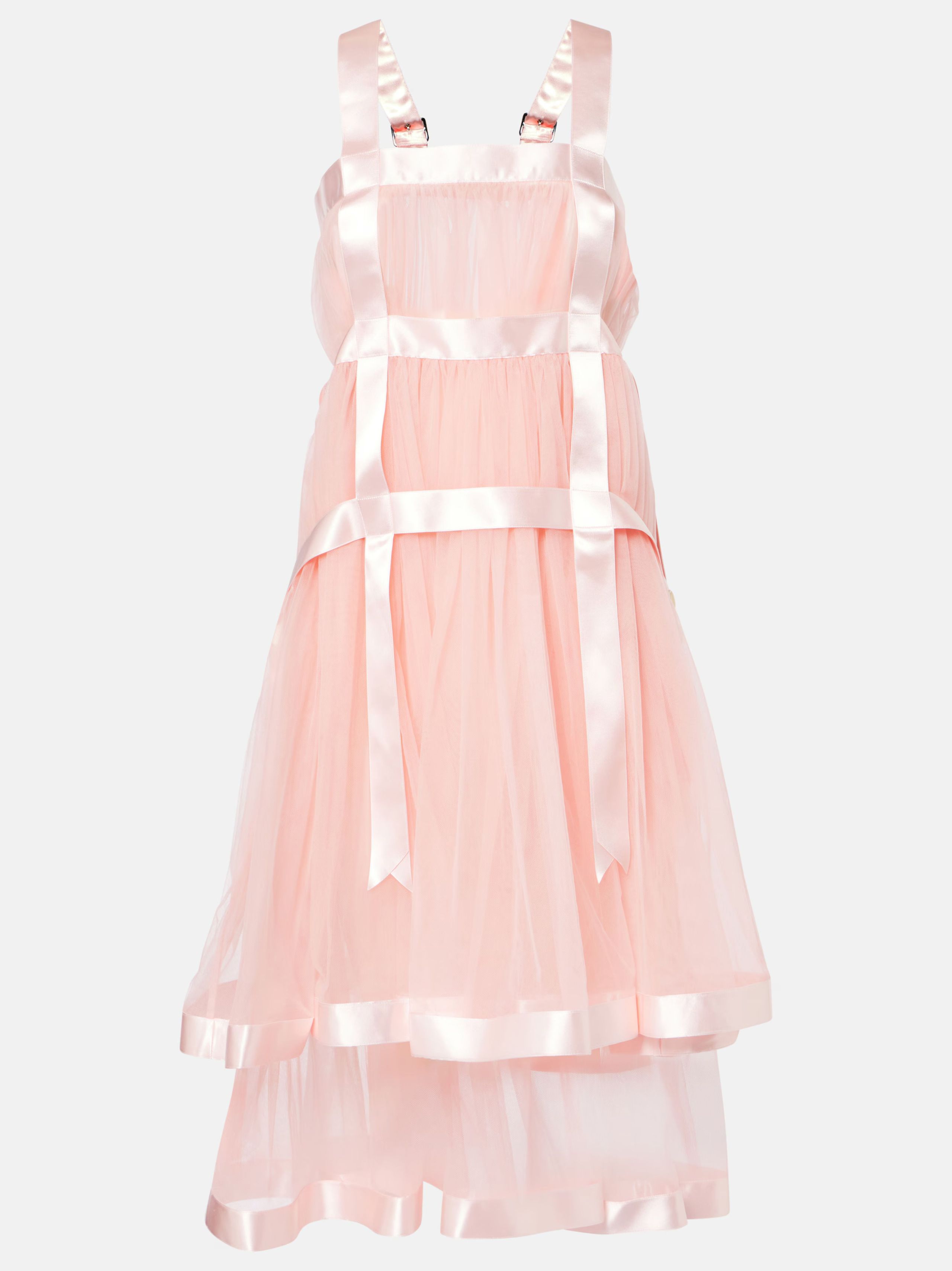
Noir Kei Ninomiya
Tulle Midi Dress
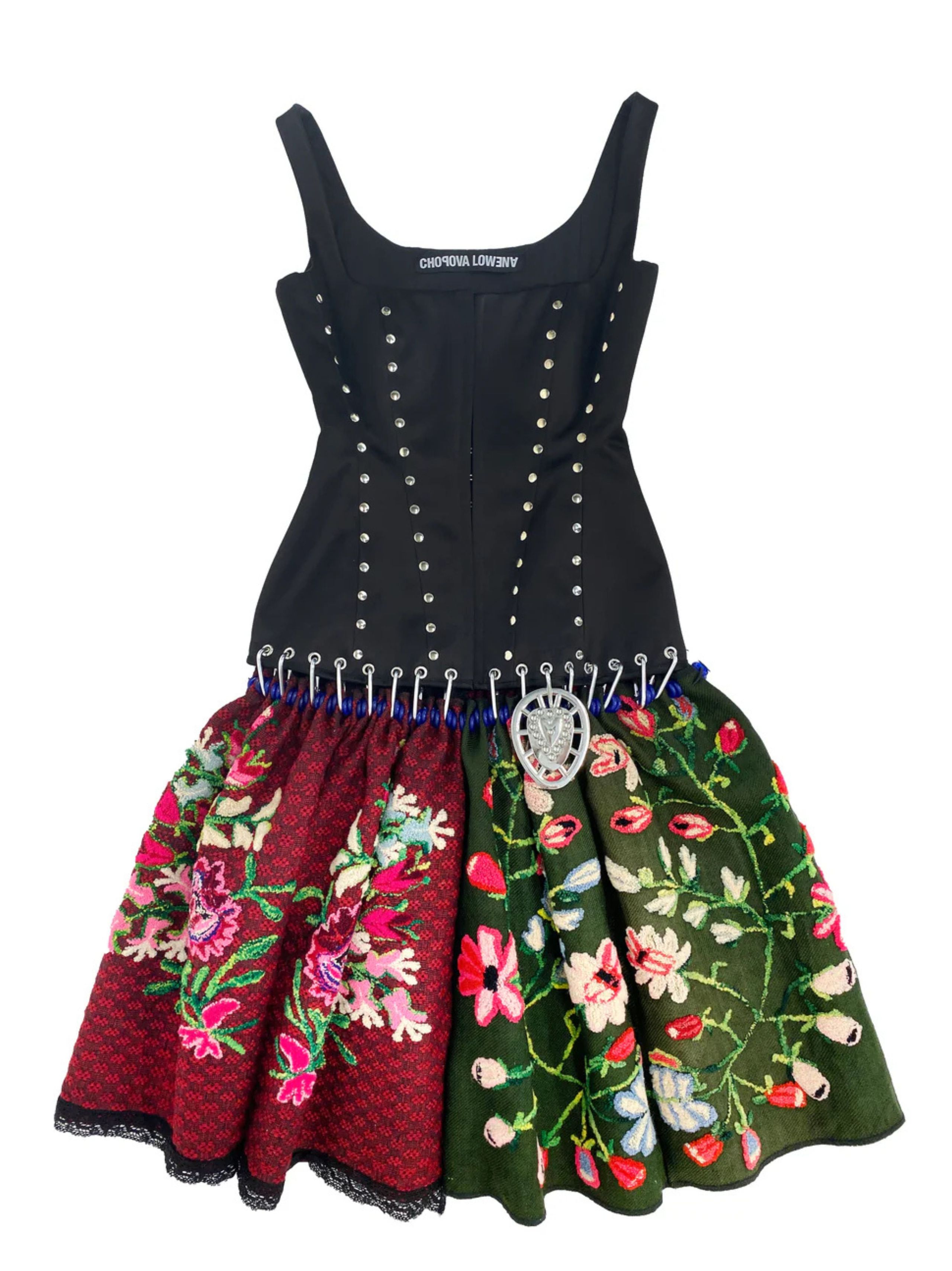
Chopova Lowena
Afly Carabiner Dress
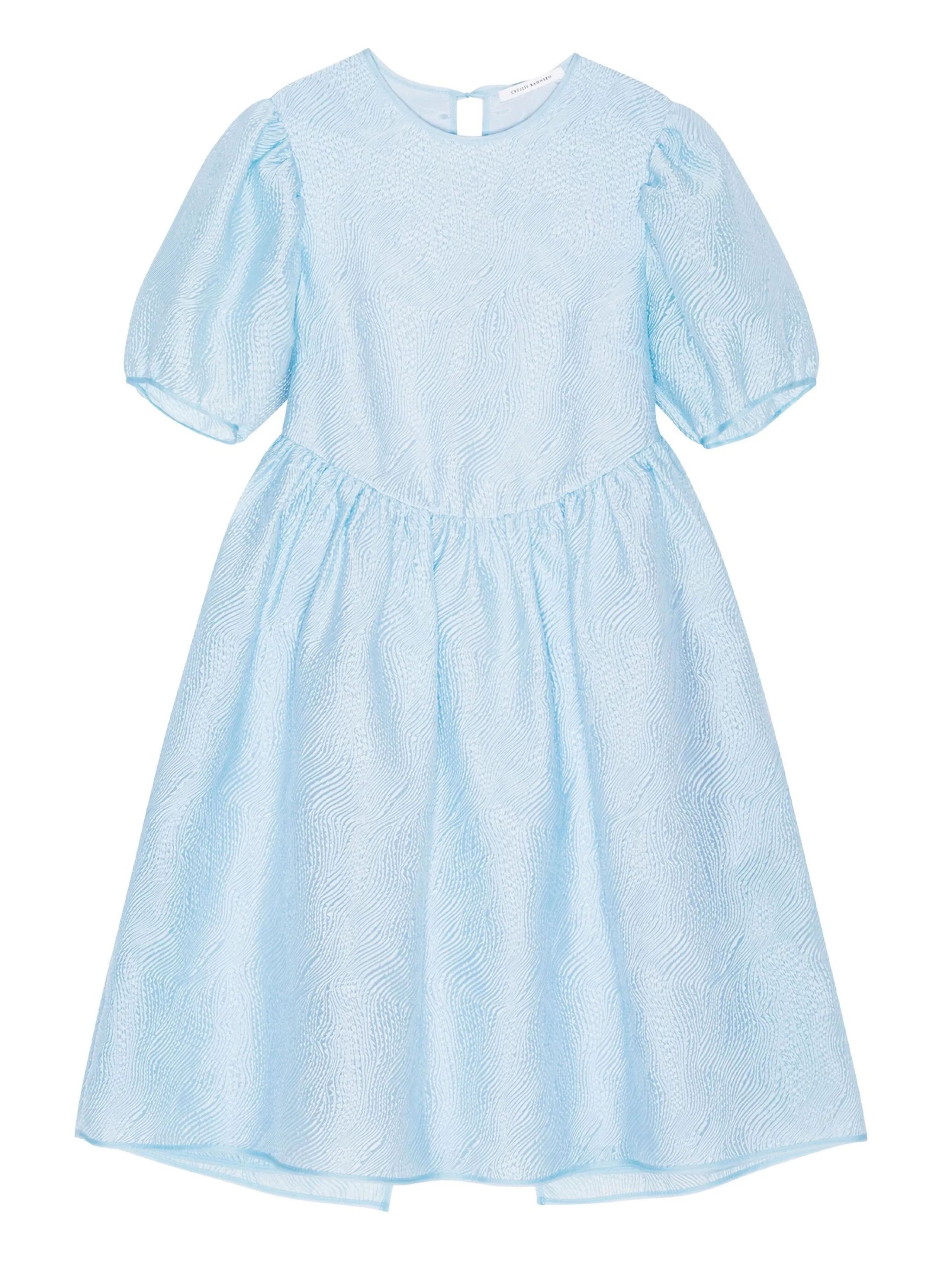
Cecilie Bahnsen
Bernadette Dress
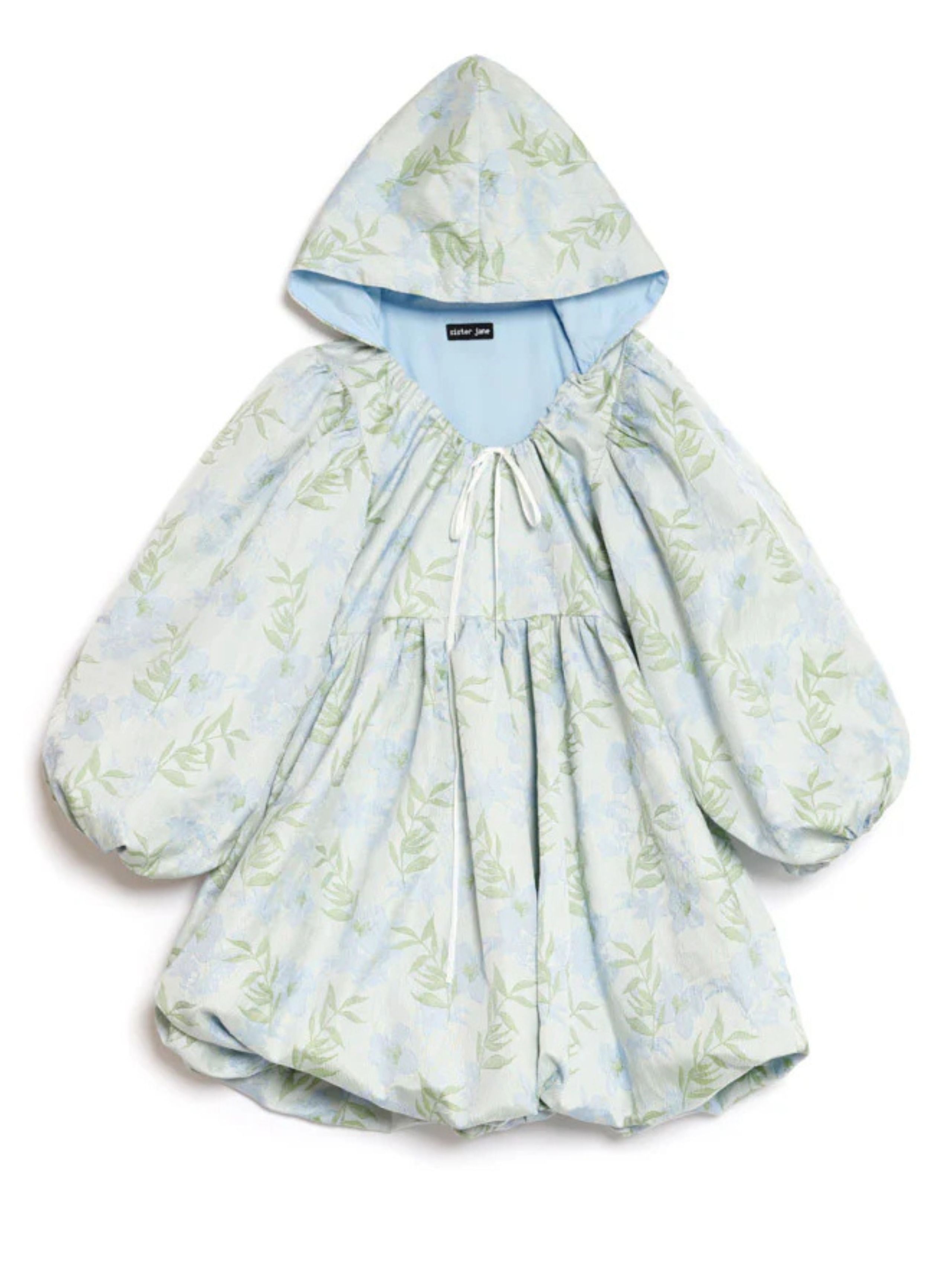
Poppy X Sister Jane
Floral Hood Mini Dress
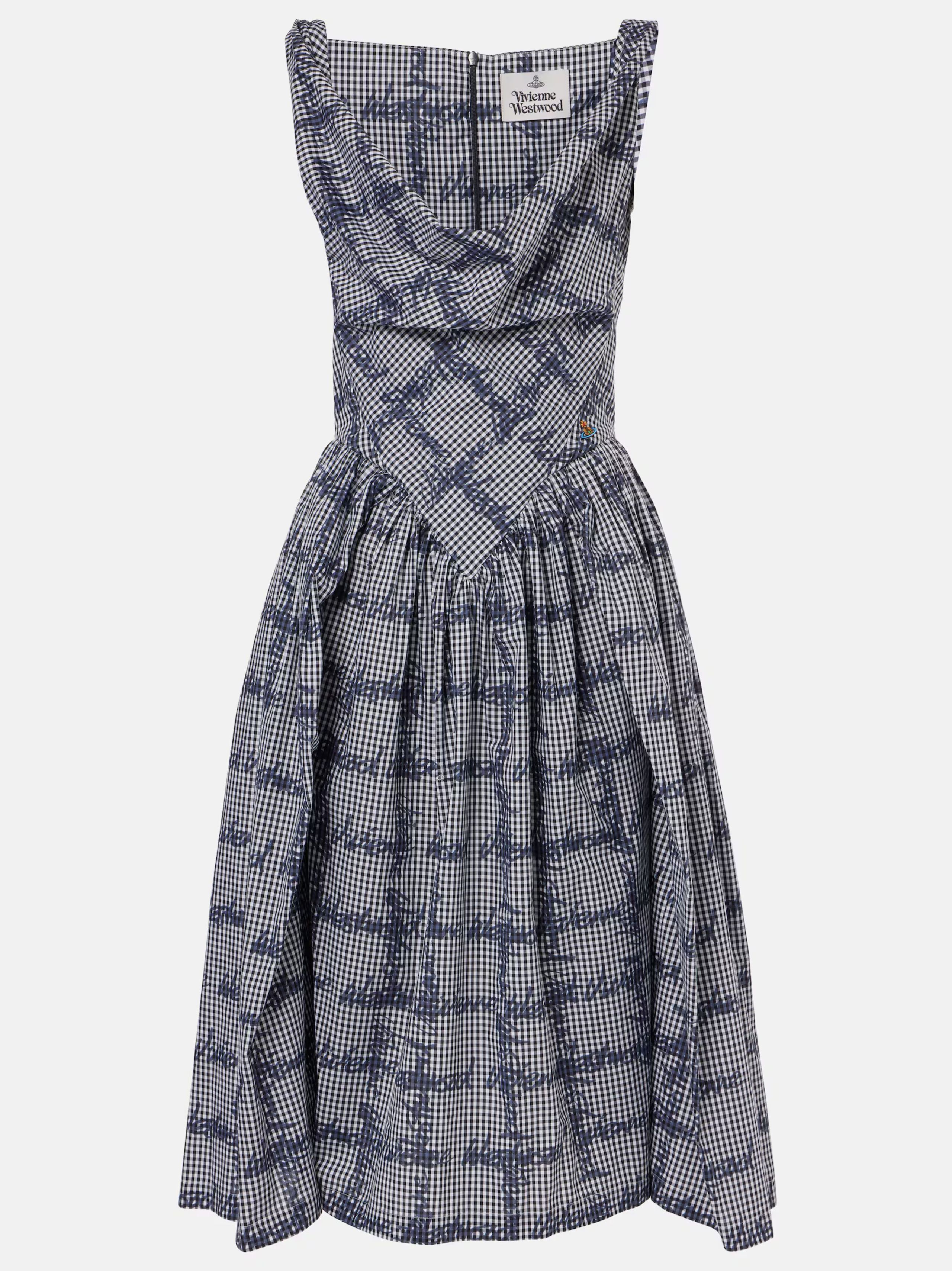
Vivienne Westwood
Corset Midi Dress
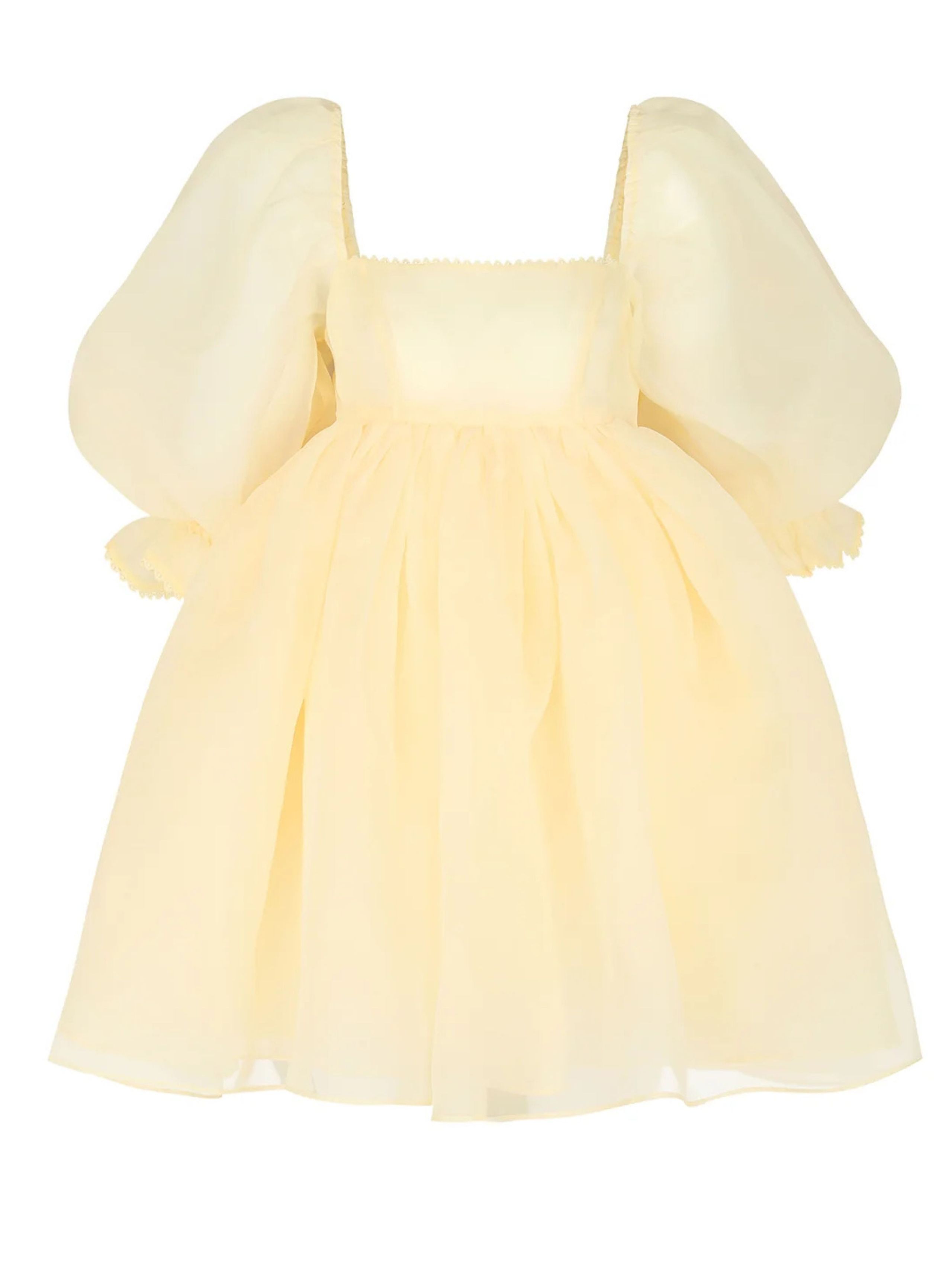
Selkie
The Baby Puff Dress
5. Bright Tights

Style Notes: Forget neutral hosiery—bright tights are here to hit refresh on any of your looks. Prada and Ester Manas have made a strong case for colourful legs, using them to inject more life and personality into already standout looks. With vivid reds, striking blues, punchy pinks and even unexpected greens—these aren’t just accessories; they’re conversation starters, and they work best when styled with contrast in mind. Picture a black miniskirt with neon-yellow tights or a soft, floaty dress grounded by a bold, opaque hue. It’s an easy way to experiment with colour and bring a rebellious edge to even simple looks.
Shop the Trend:
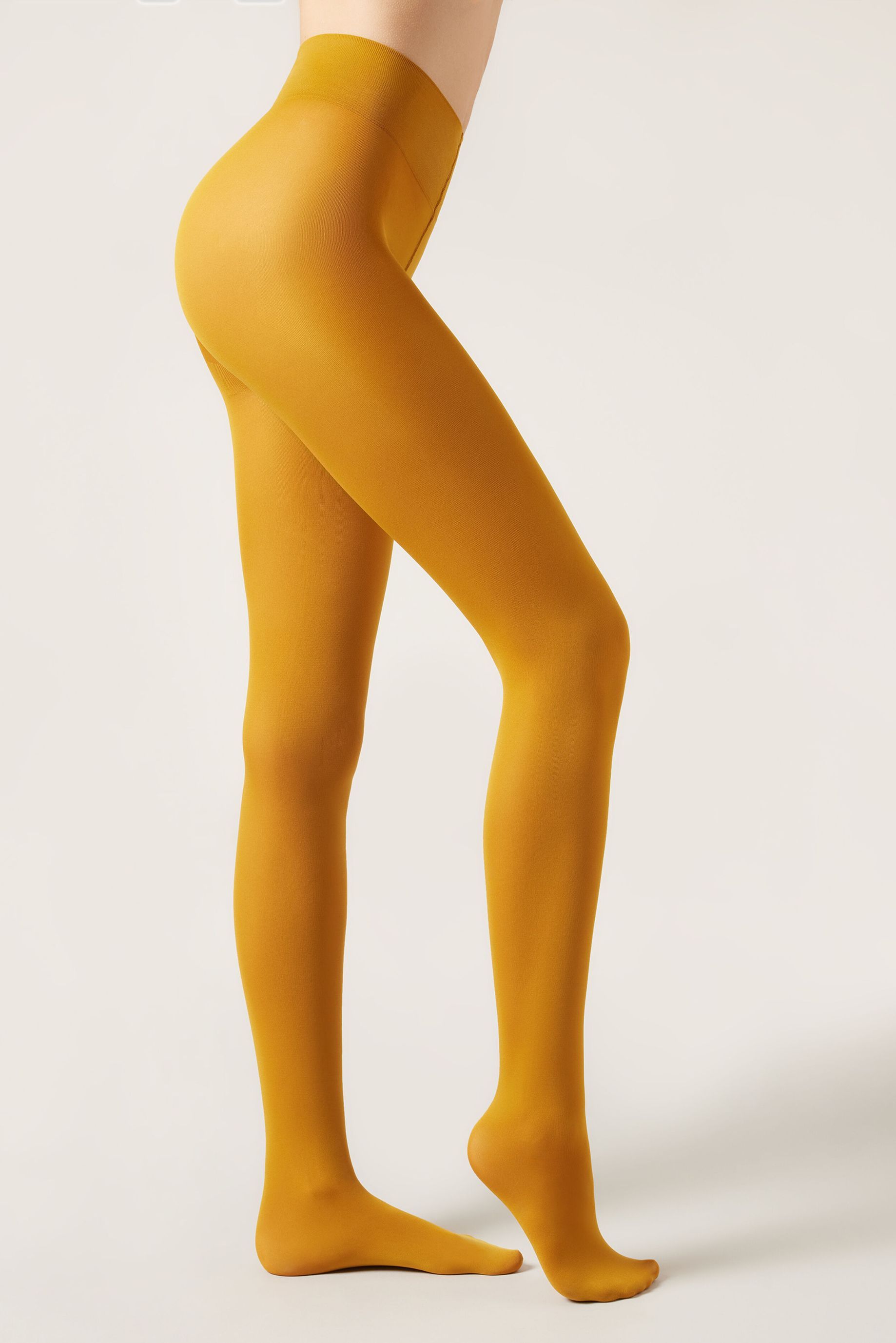
Calzedonia
50 Denier Tights
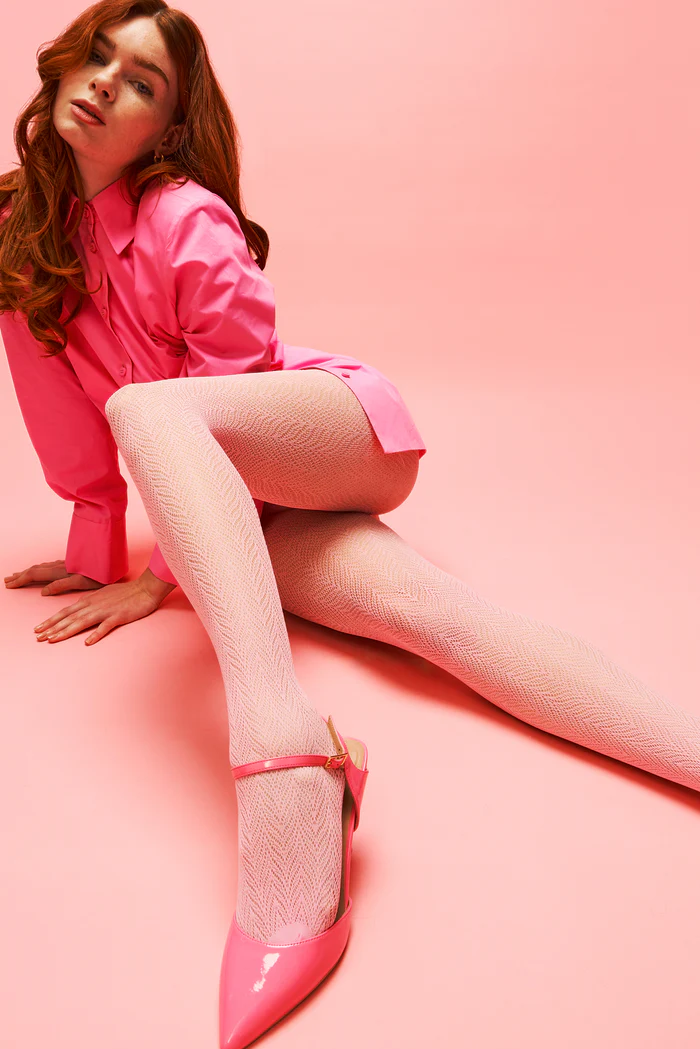
Heist Studios
The Herringbone Tights
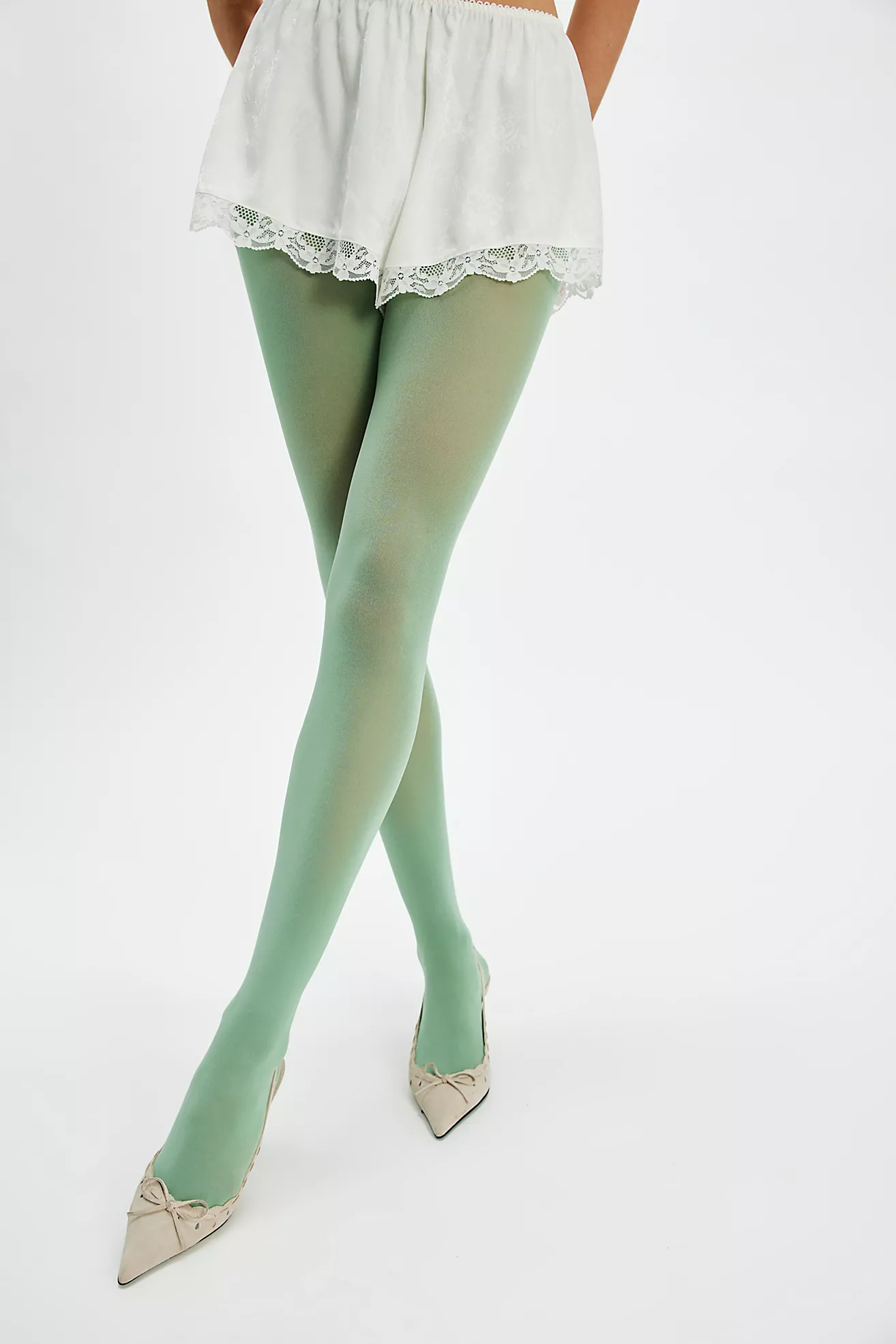
Free People
Utterly Opaque Tights
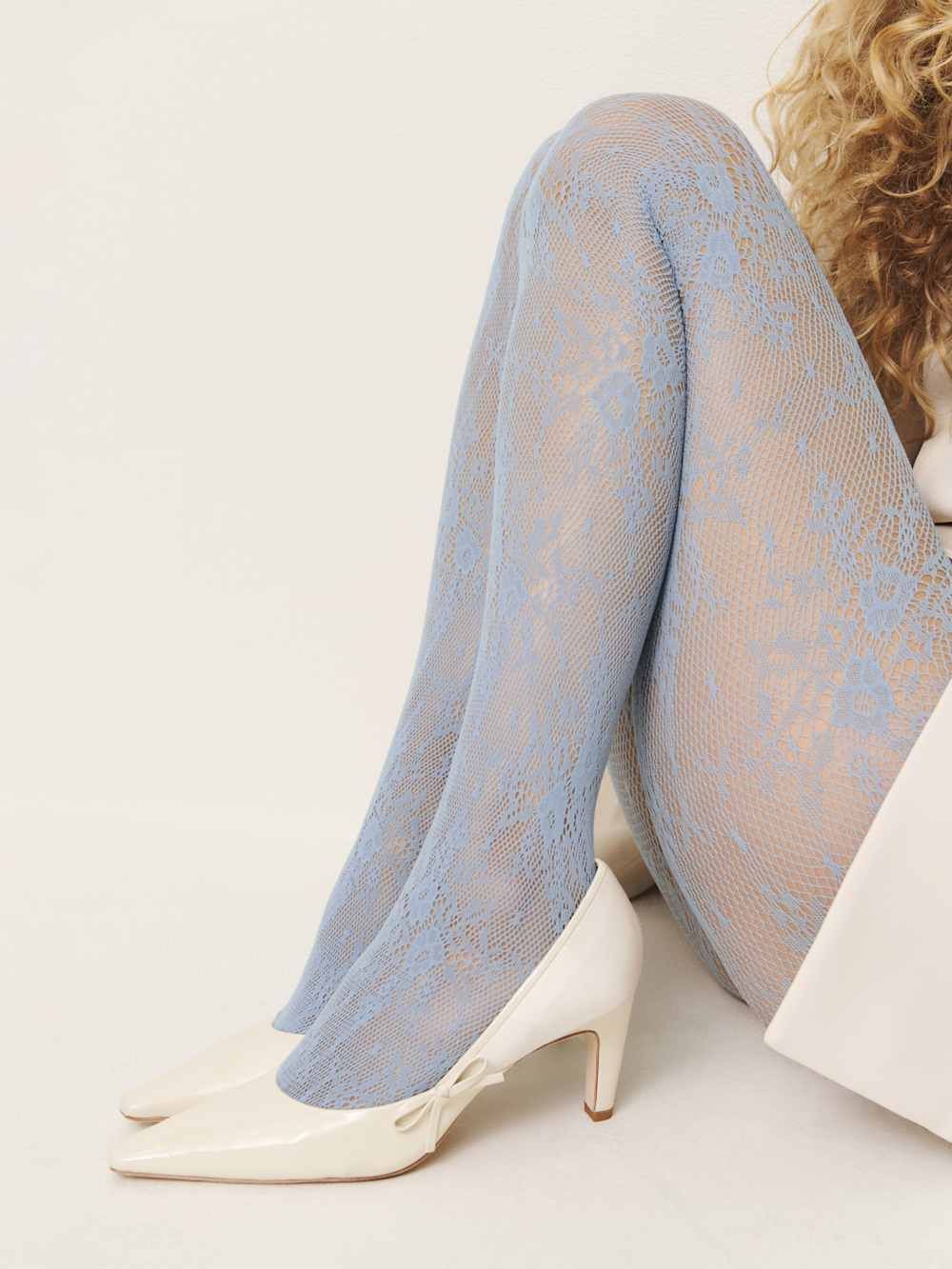
Swedish Stockings
Rosa Lace Tights
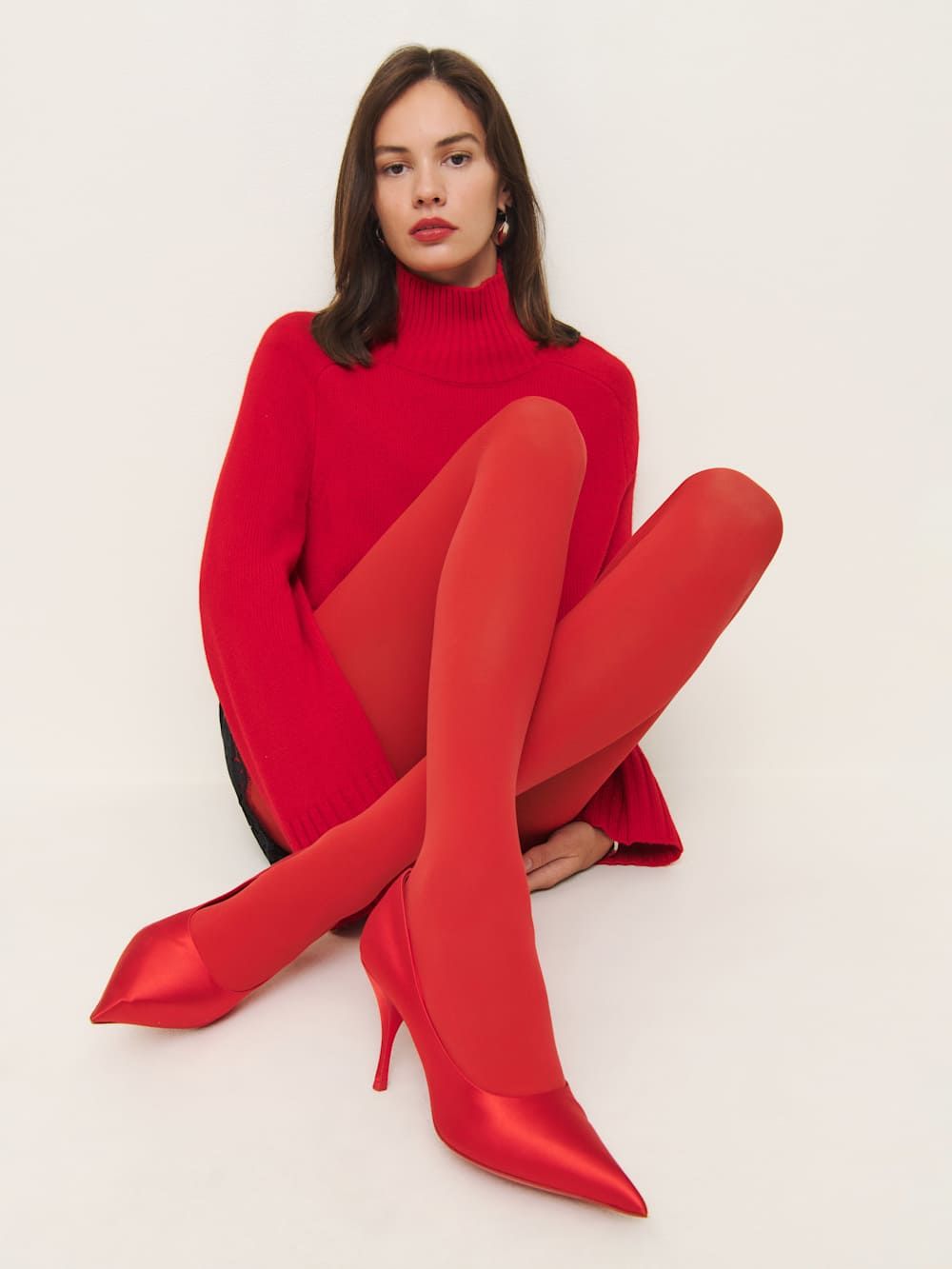
Swedish Stockings
Premium Tights
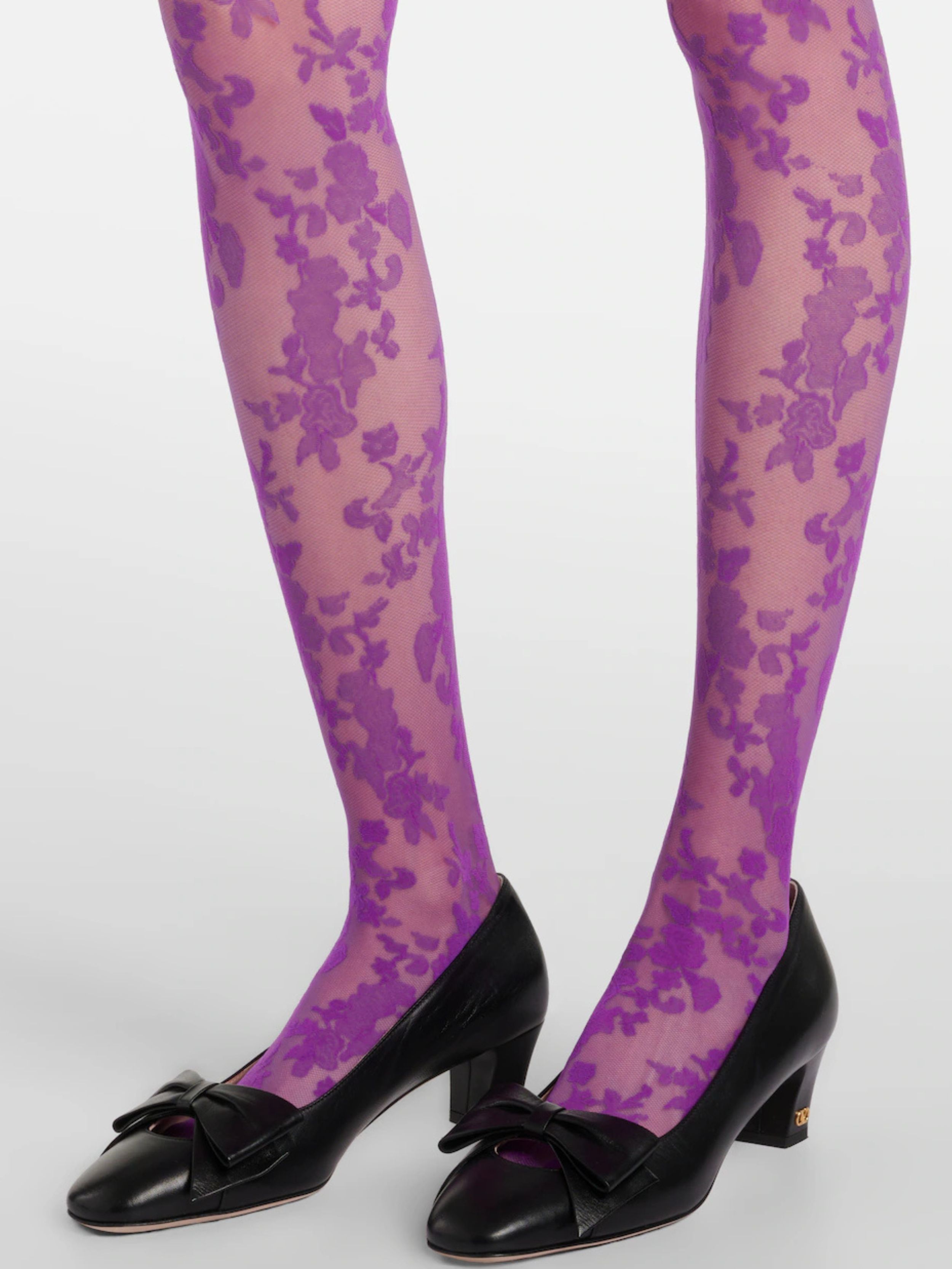
Valentino
Floral Lace Tights
6. Futuristic Flats
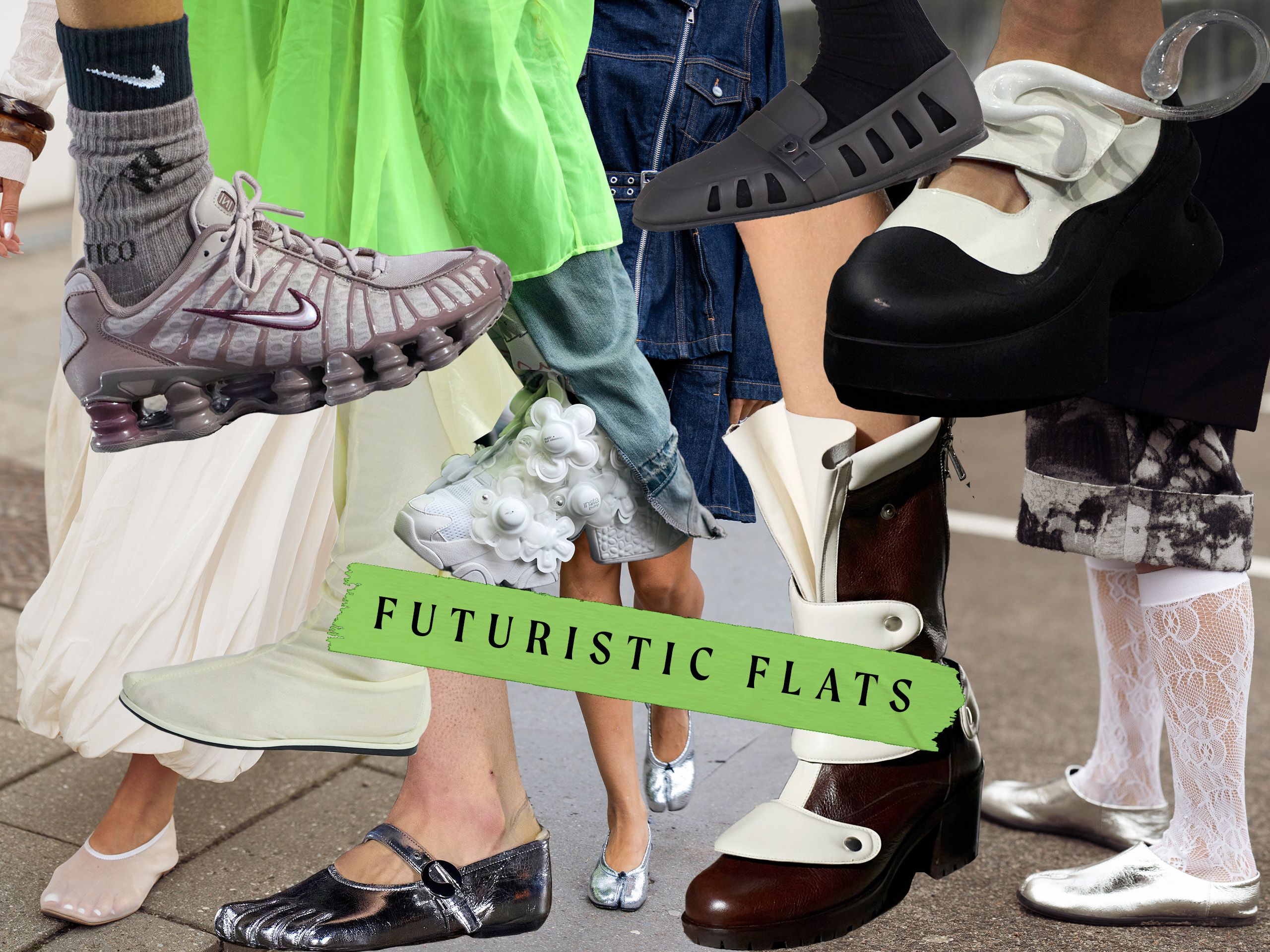
Style Notes: Flats are stepping firmly into the future this season, with technical materials and space-age designs dominating the runways. Tibi, Ferragamo and Attico all tapped into the look with mesh slip-ons, metallic silver finishes and boots that look ready for intergalactic exploration. Defined toes, sleek vinyl and sculptural shapes turn these everyday shoes into standout pieces. They balance comfort and edge perfectly, making them the ideal partner for wide-leg jeans, statement skirts or any outfit that could benefit from something undeniably cool in the mix.
Shop the Trend:

JW PEI
Hayley Toe Flat Mules
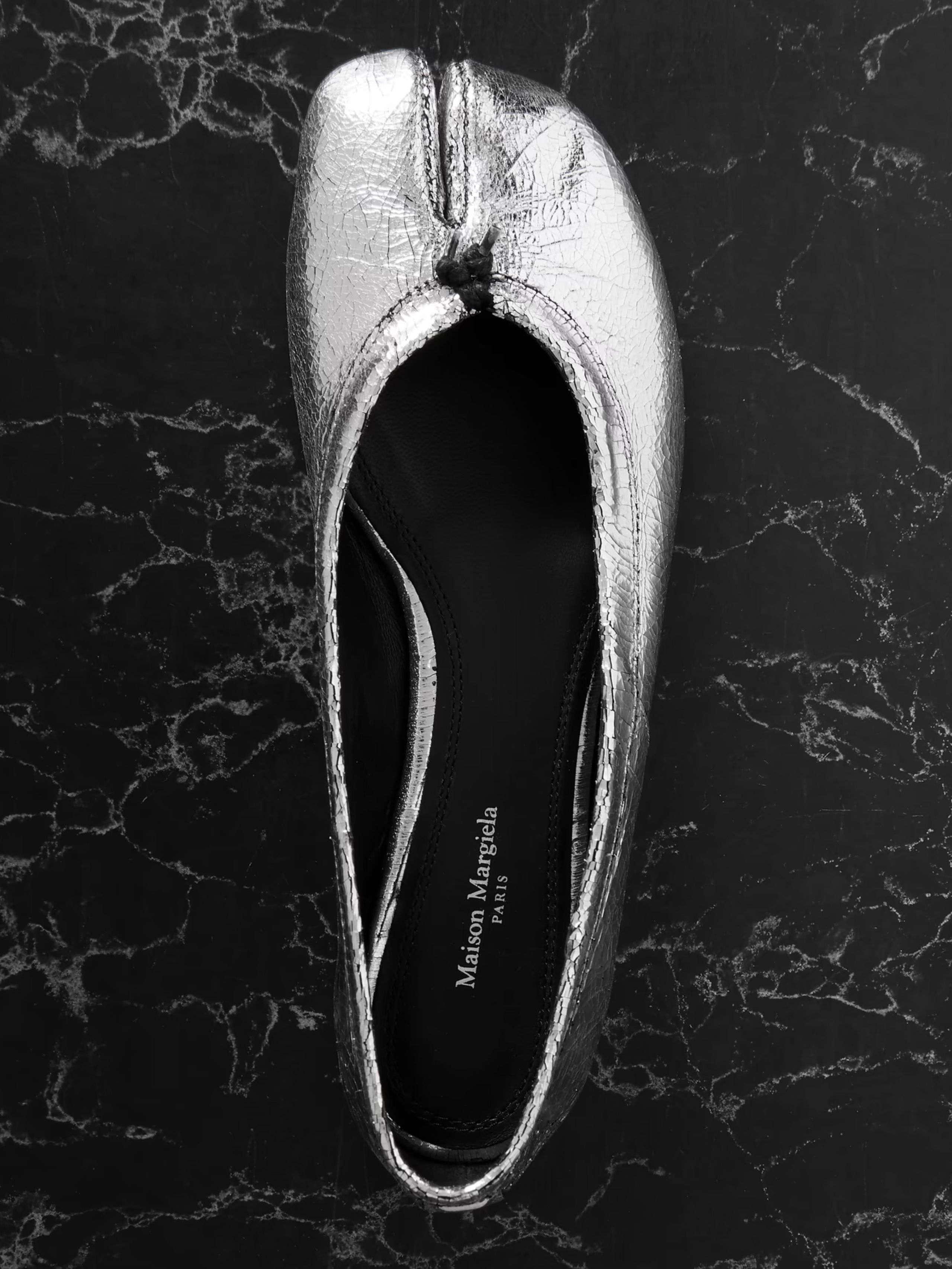
MAISON MARGIELA
Ballet Tabi Flats
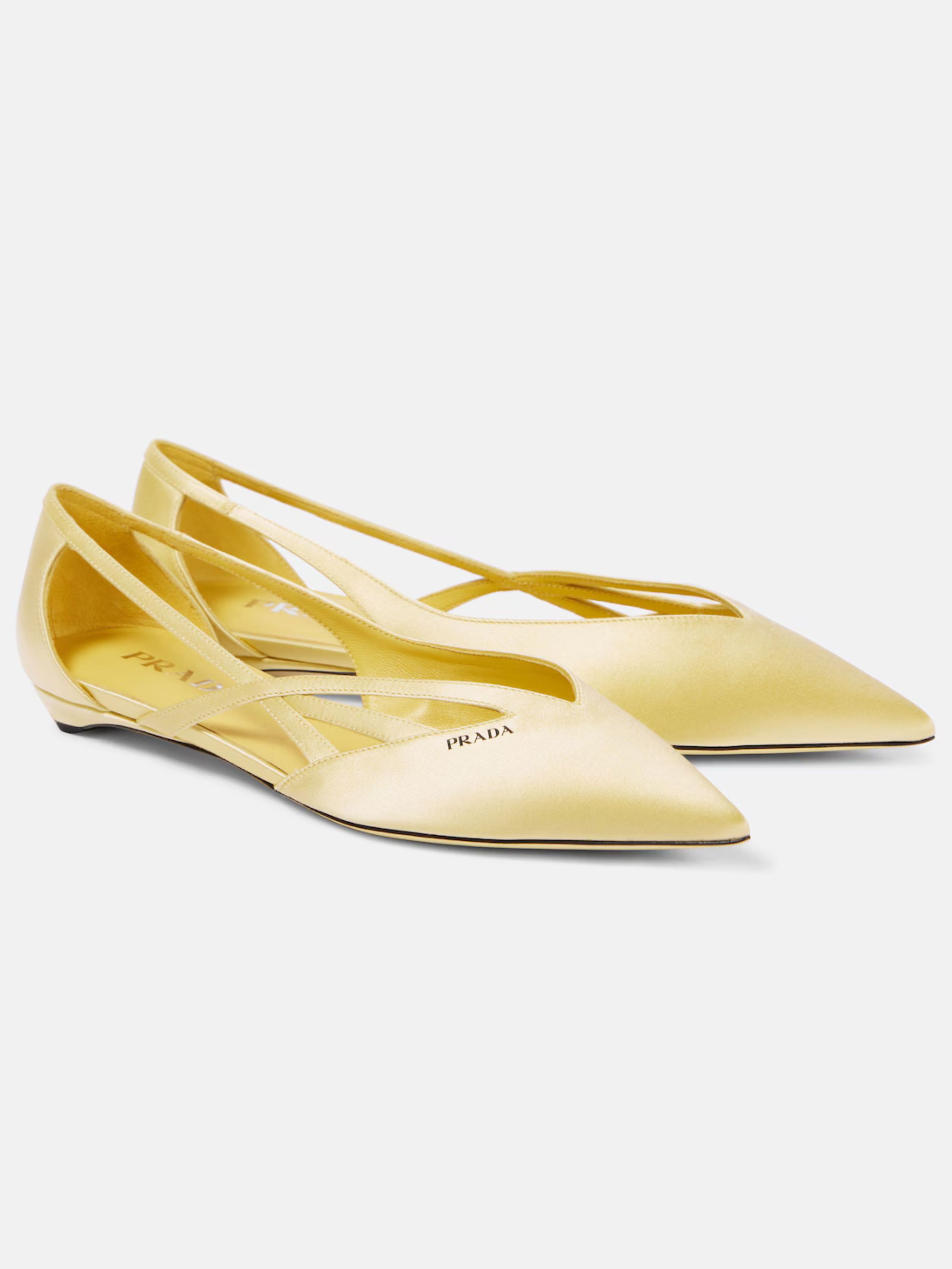
Prada
Logo Satin Ballet Flats
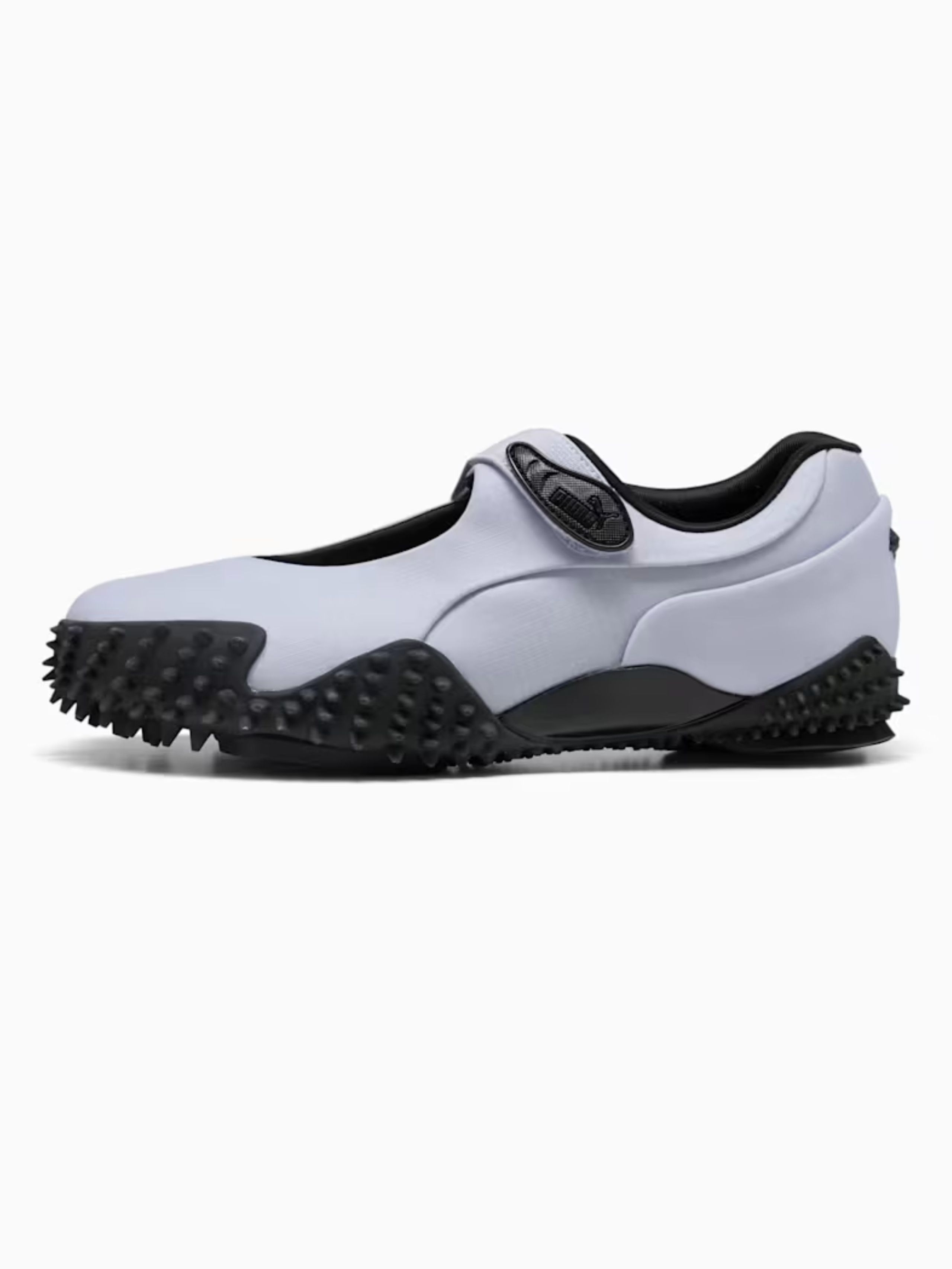
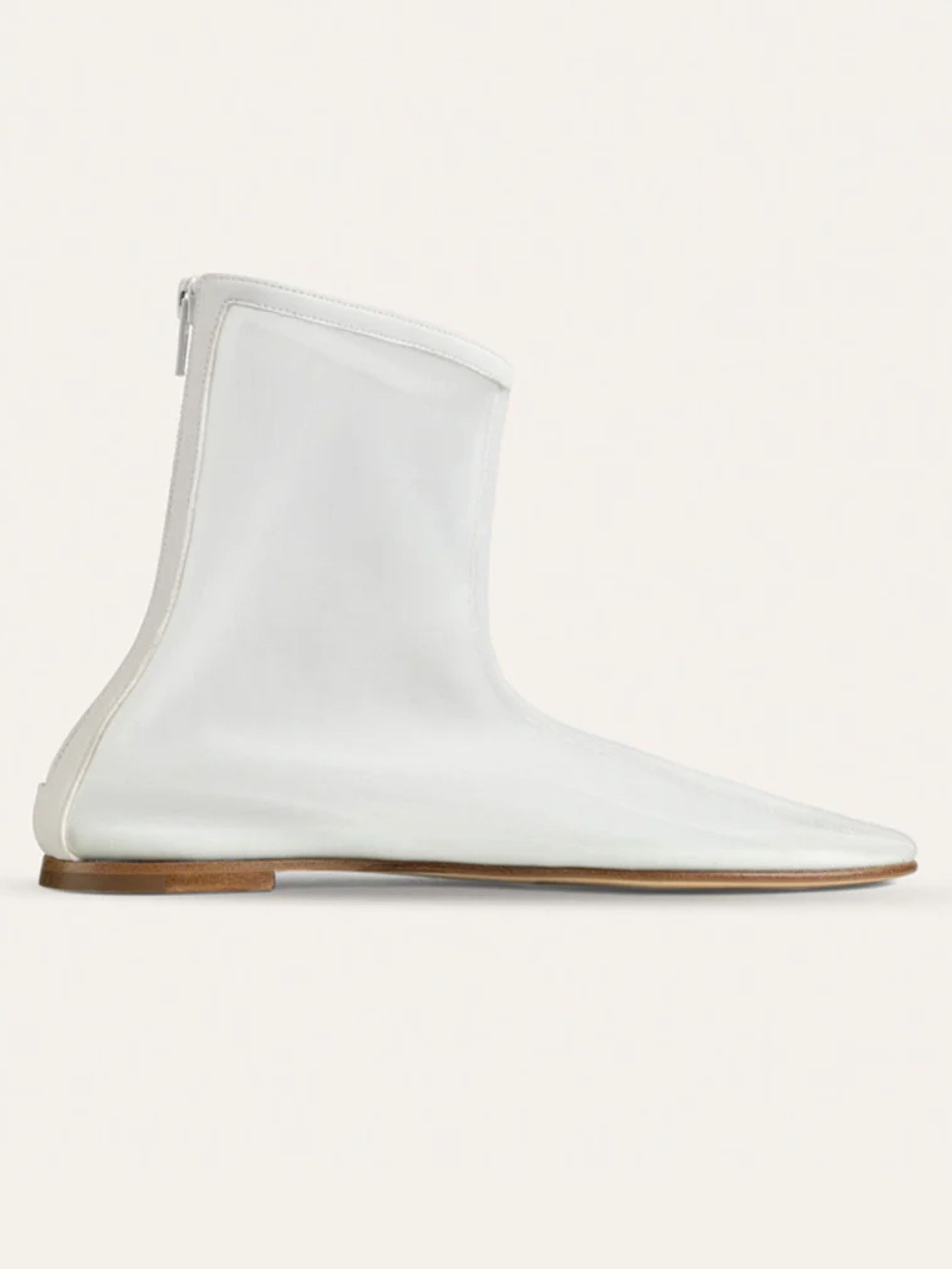
Dear Frances
Balla Bootie

7. Bug-Eye Sunglasses

Style Notes: When it comes to eyewear this season, bigger really is better. Loewe, Miu Miu, Schiaparelli and Zimmermann have championed oversized sunglasses that feel more like wearable art than practical accessories. These exaggerated frames are akin to bug eyes and offer an almost alien-like aesthetic. Whether in sleek, glossy finishes or adorned with surreal embellishments, they make a statement without saying a word.
Shop the Trend:
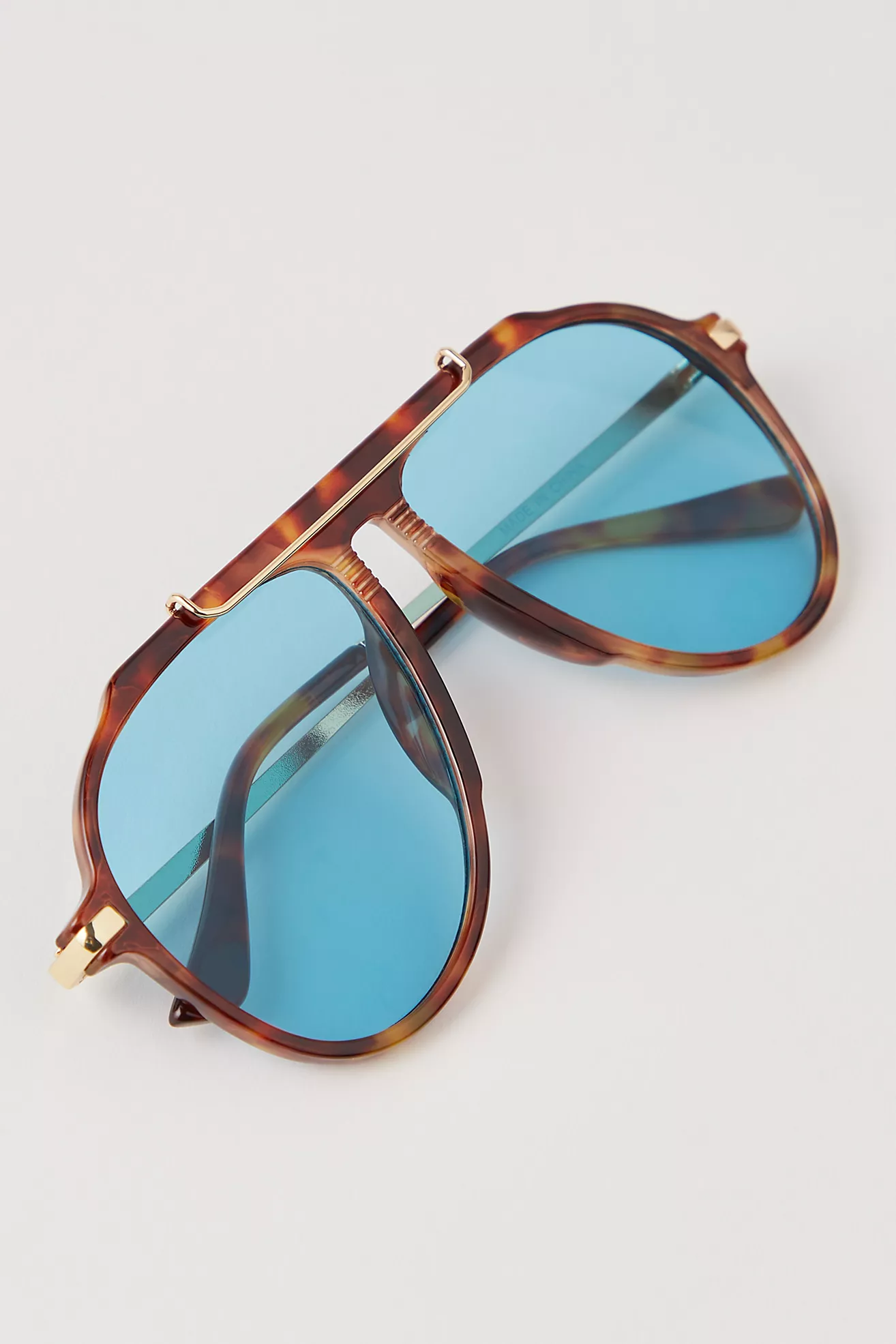
Free People
Aviator Sunglasses
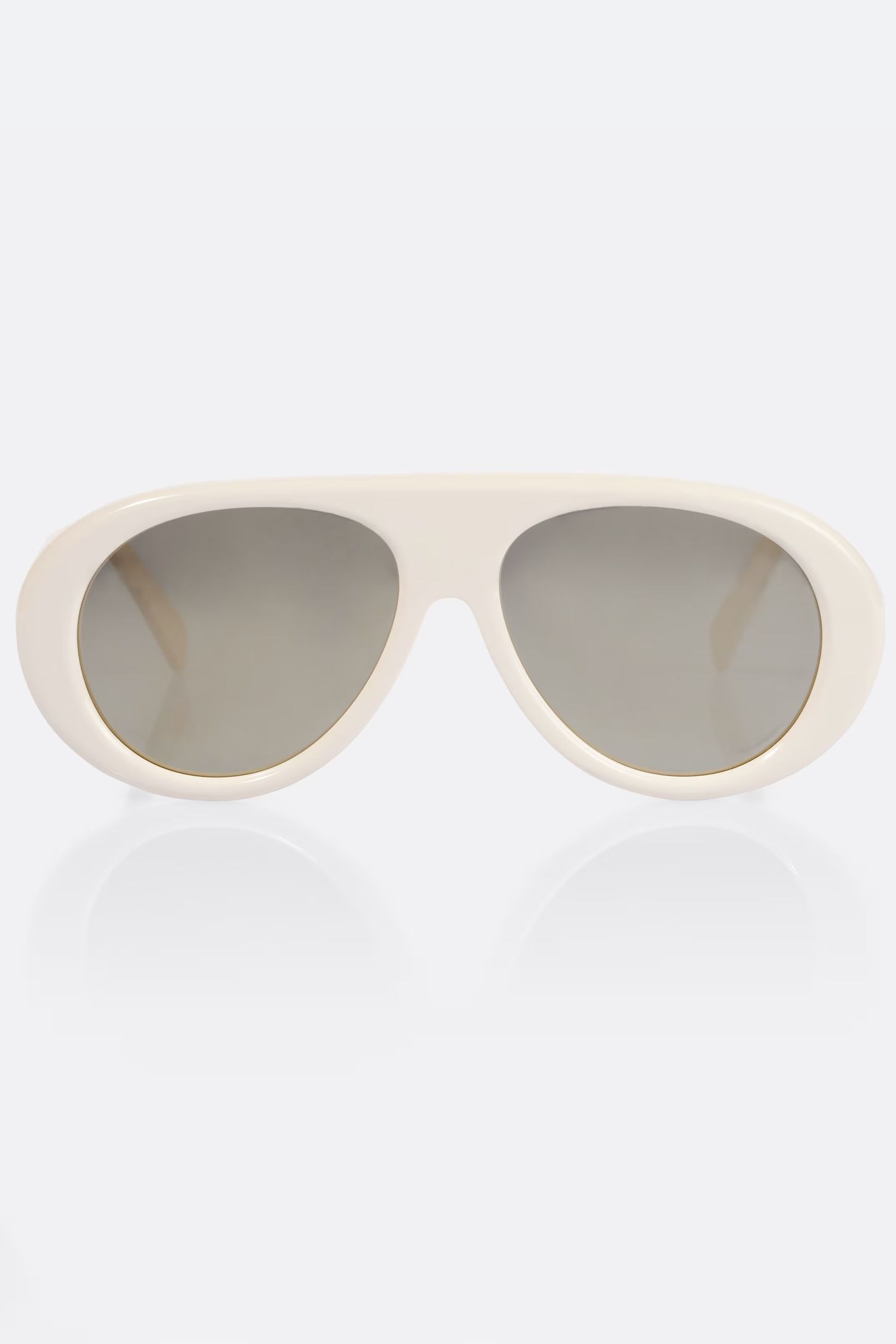
Celine Eyewear
S300 Aviator Sunglasses
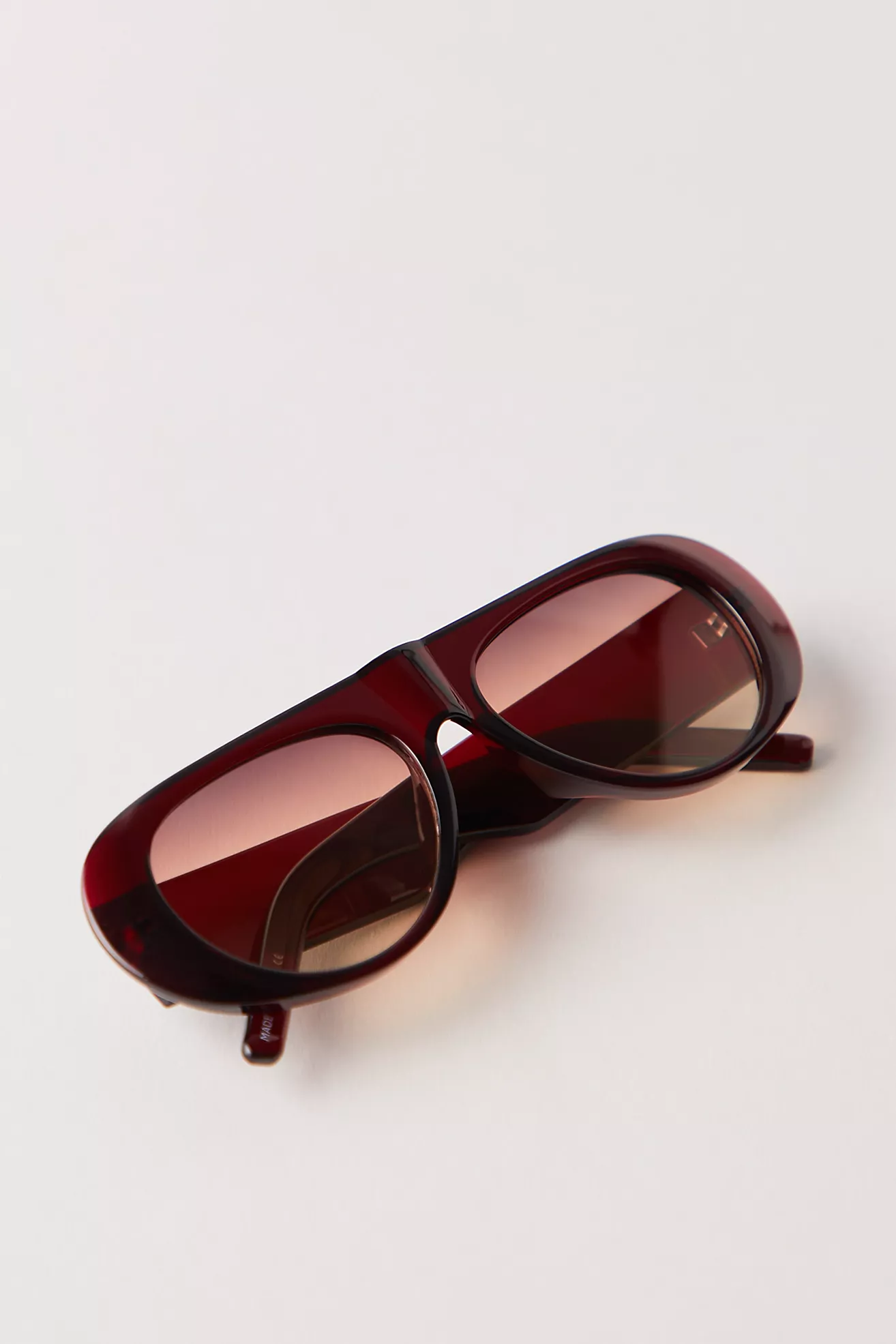
Free People
Harley Retro Sunglasses
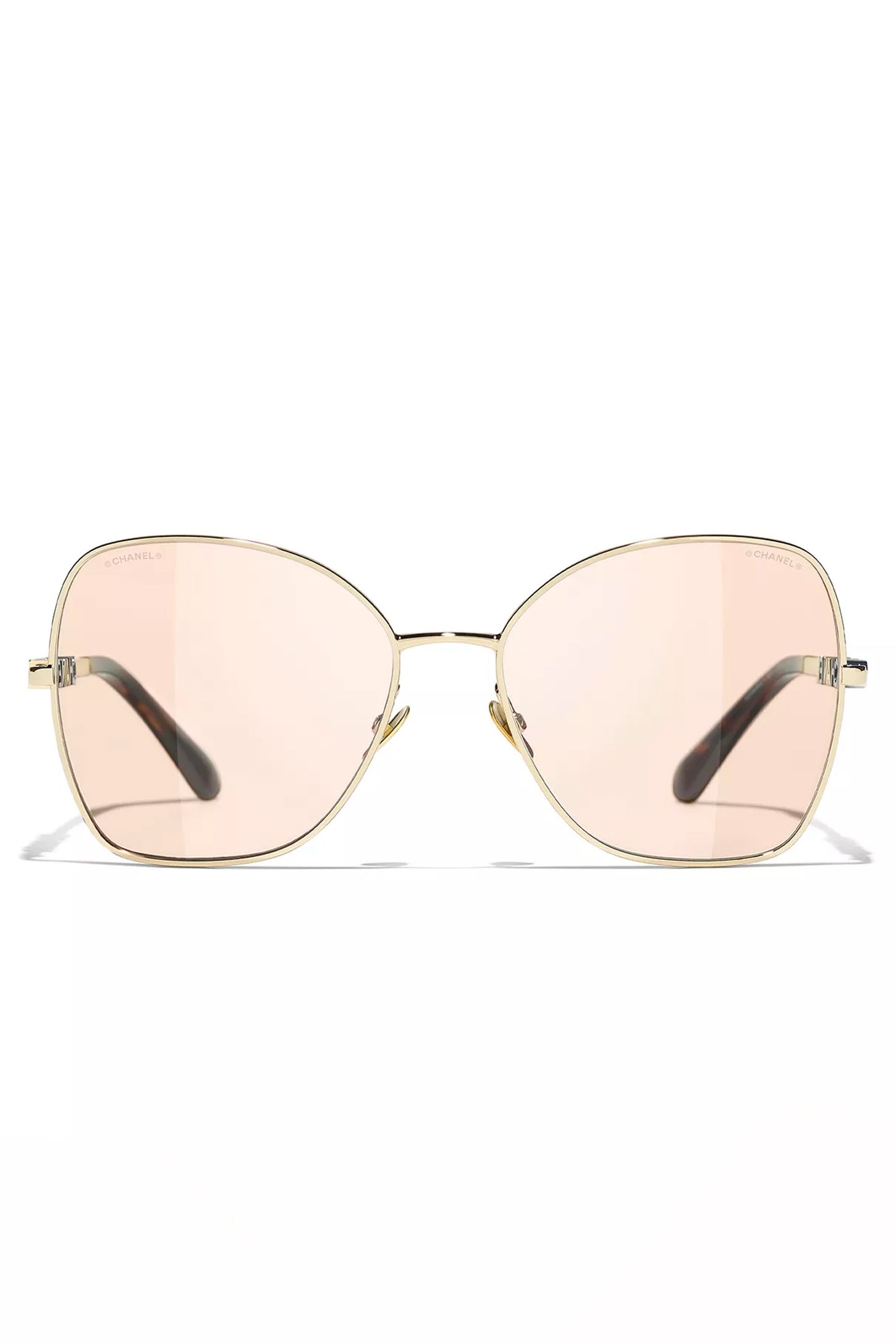
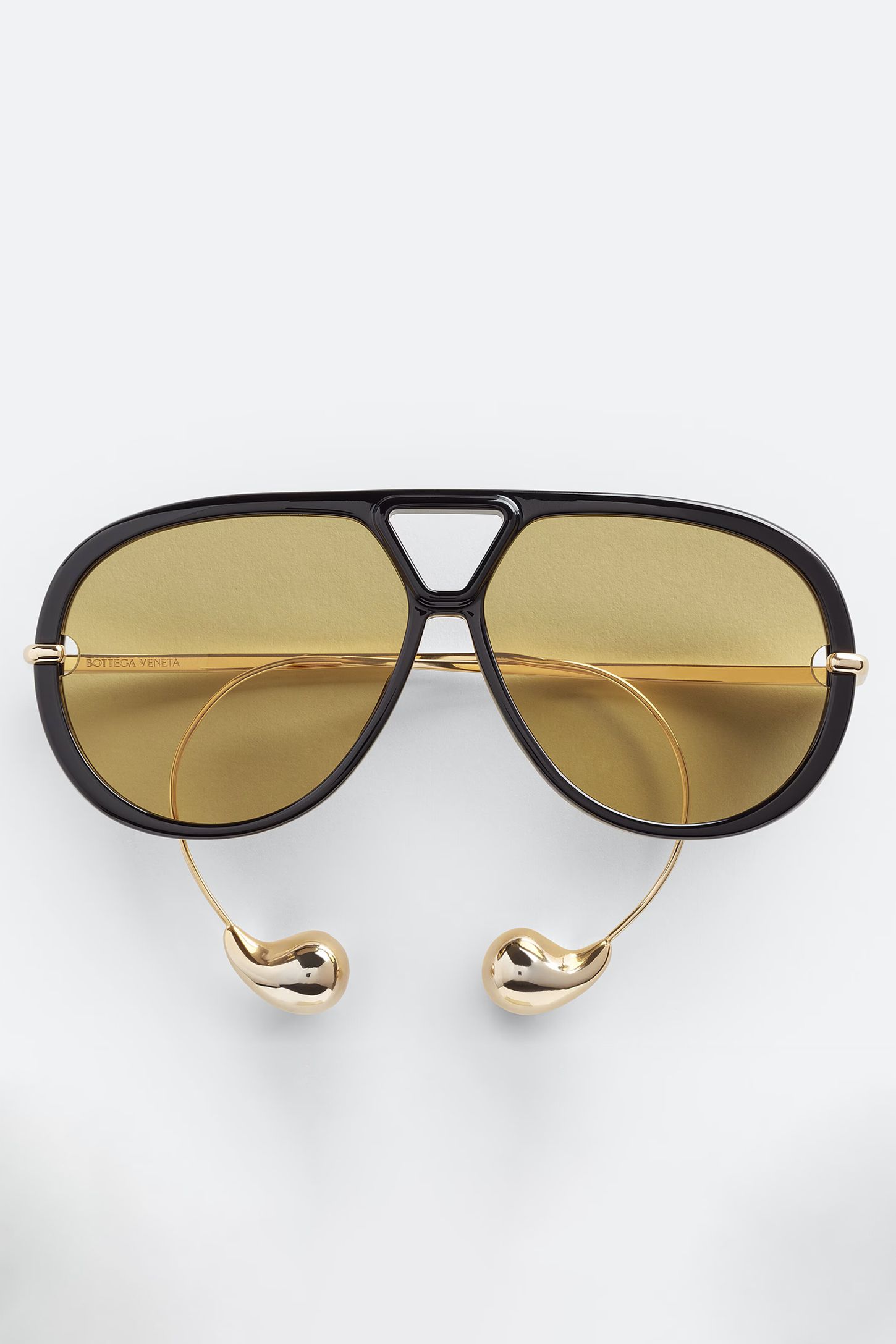
Bottega Veneta
Drop Sunglasses
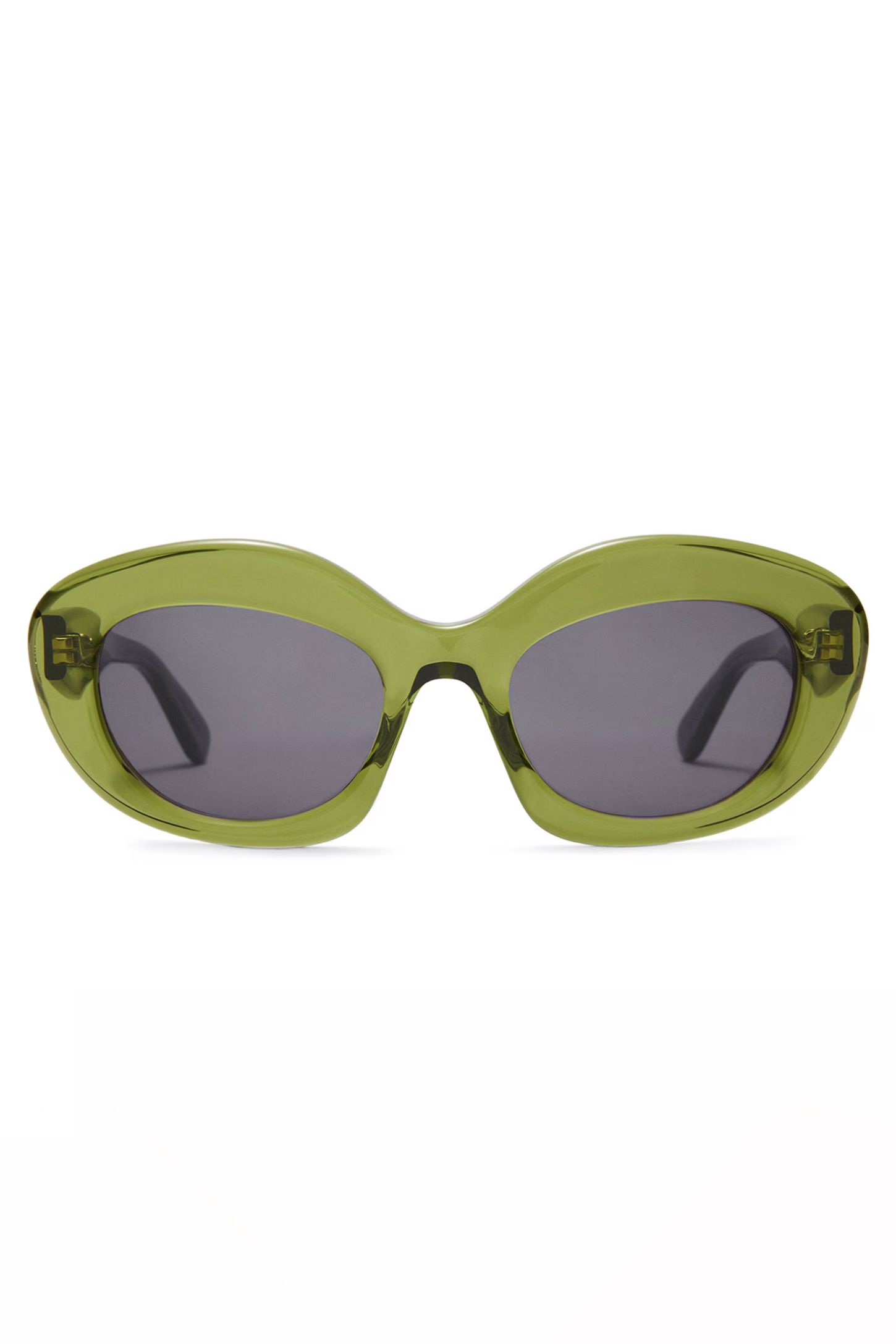
LOEWE
Dawn Oval Sunglasses
8. Superfluous Hats
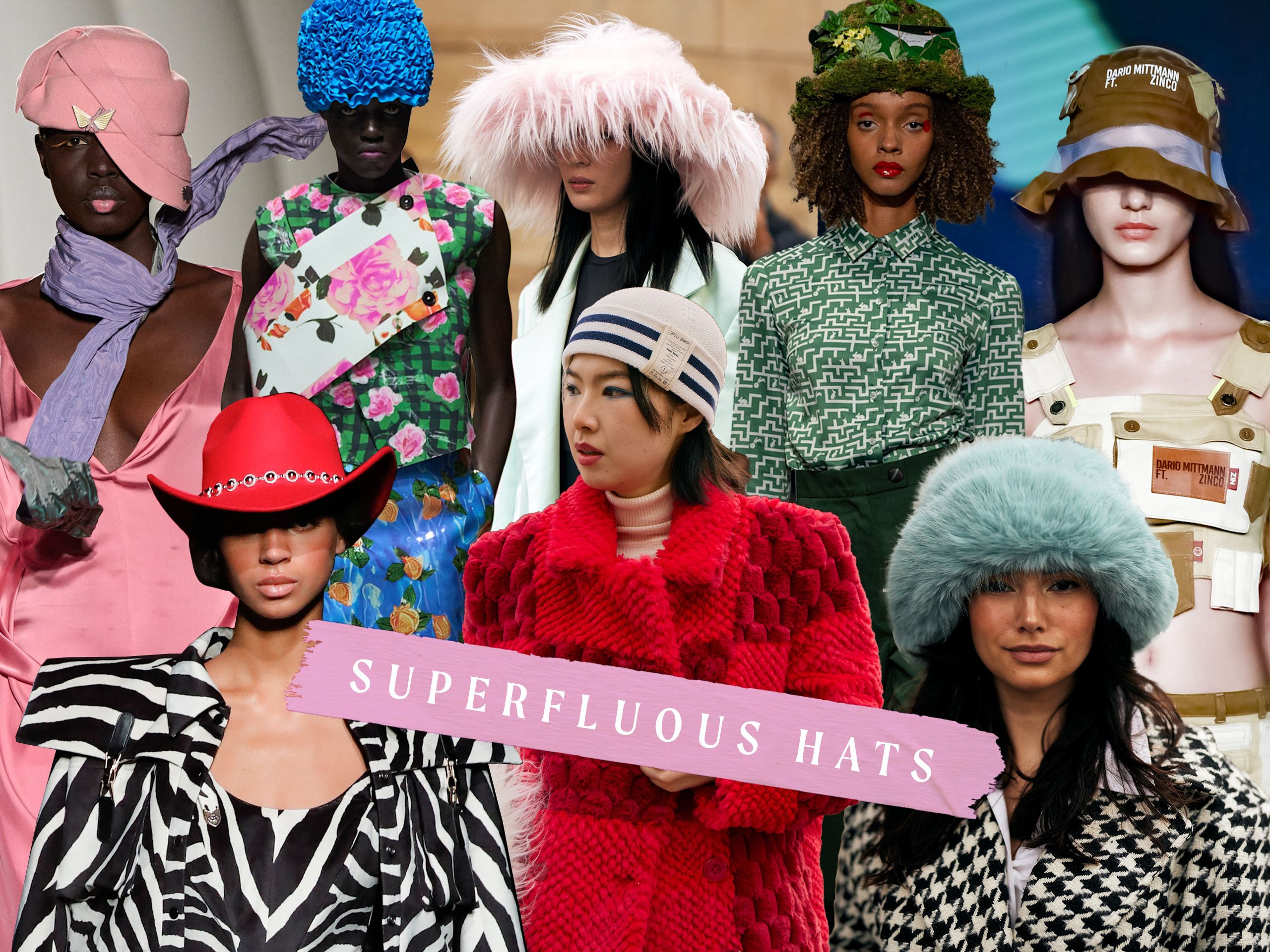
Style Notes: Hats are no longer just about function and keeping warm; this season, they’re pure aesthetic joy. Prada, Vaquera and Zomer have introduced a wave of completely unnecessary but fabulous headwear, from bright cowboy hats and leather sailor caps to topless buckets and oversized brims. Designed to add instant character to any look, the key here is confidence—the more outlandish the hat, the better the outfit.
Shop the Trend:
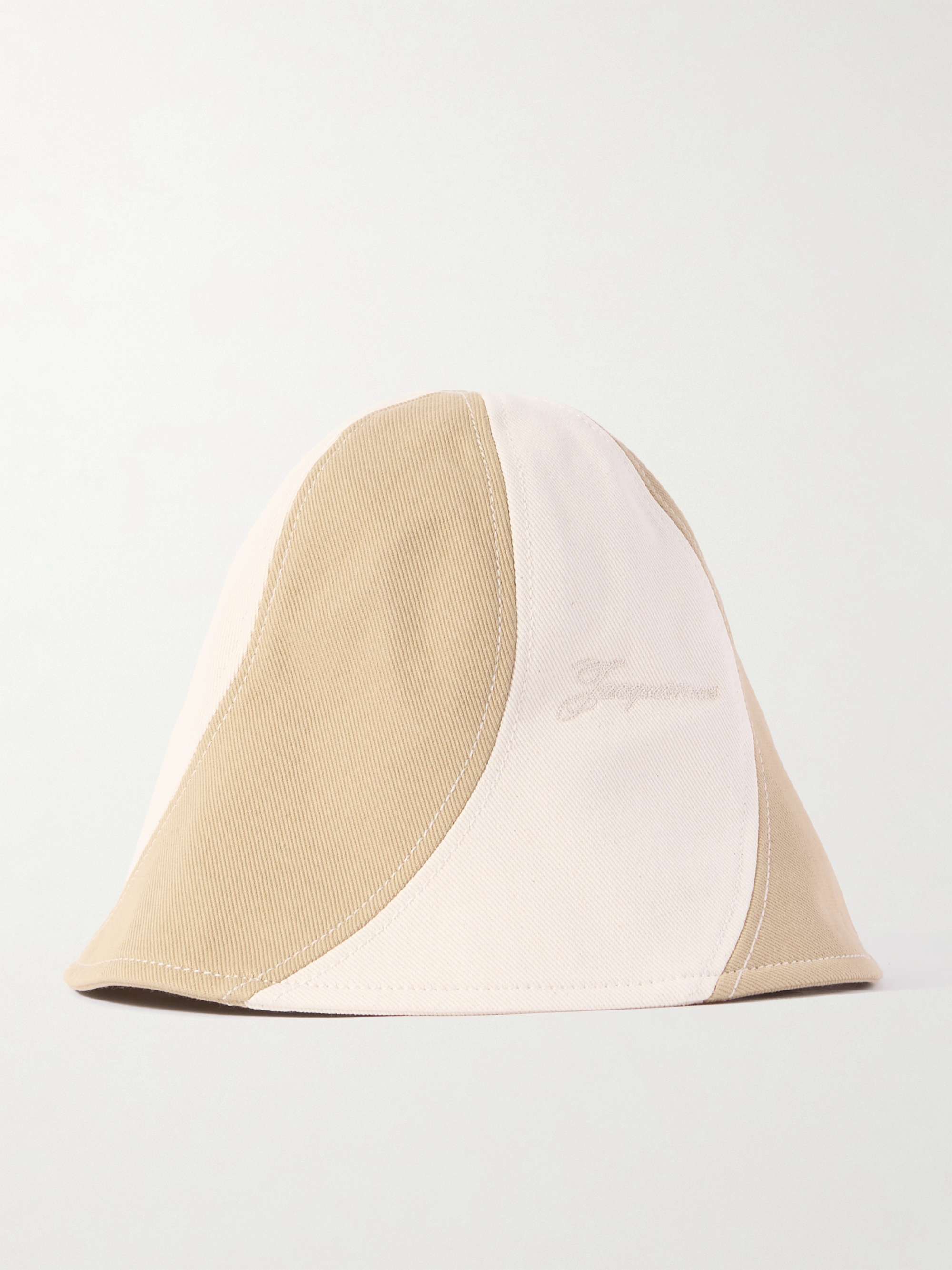
JACQUEMUS
Gelato Bucket Hat
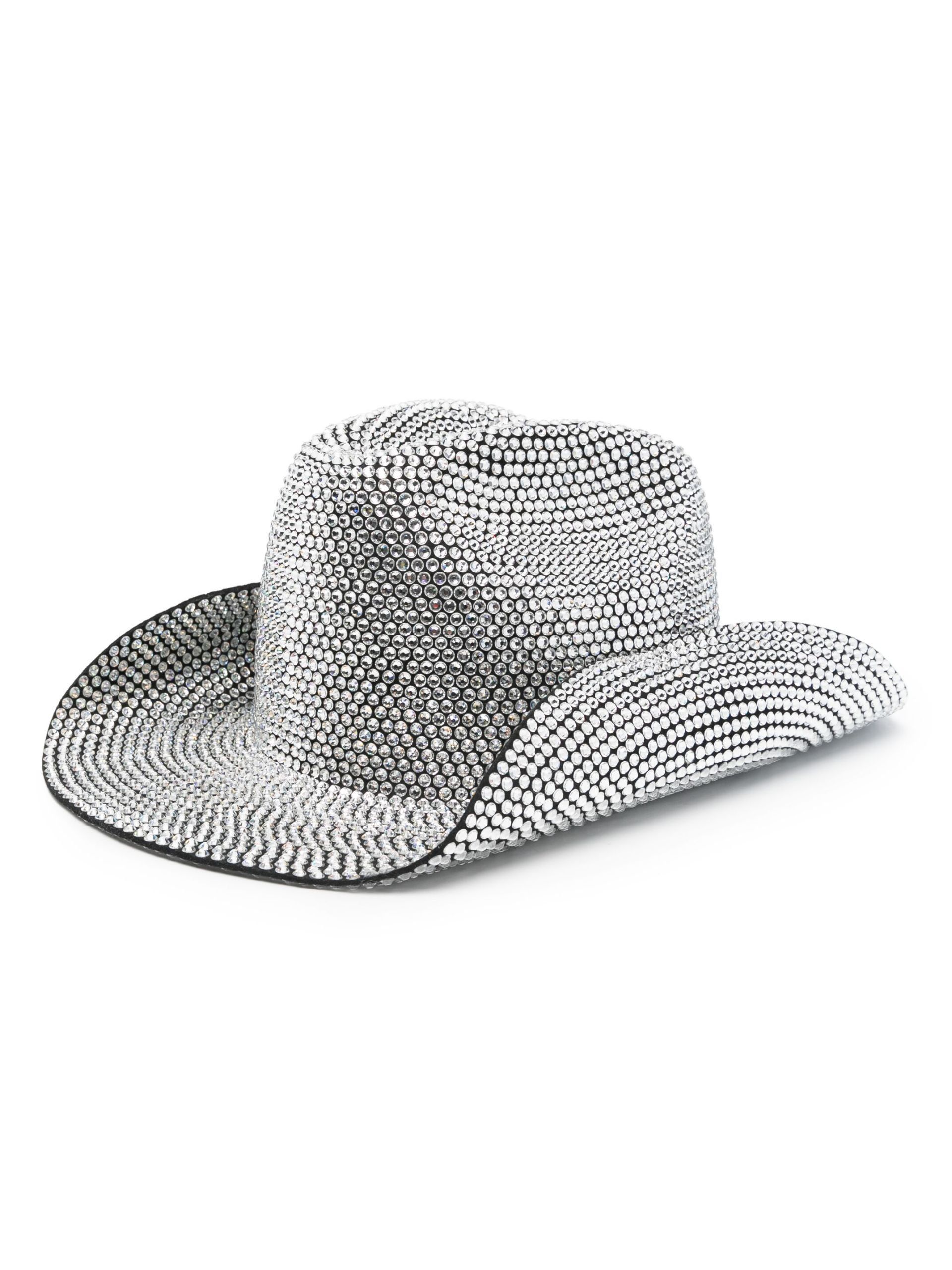
Ruslan Baginskiy
Crystal Cowboy Hat
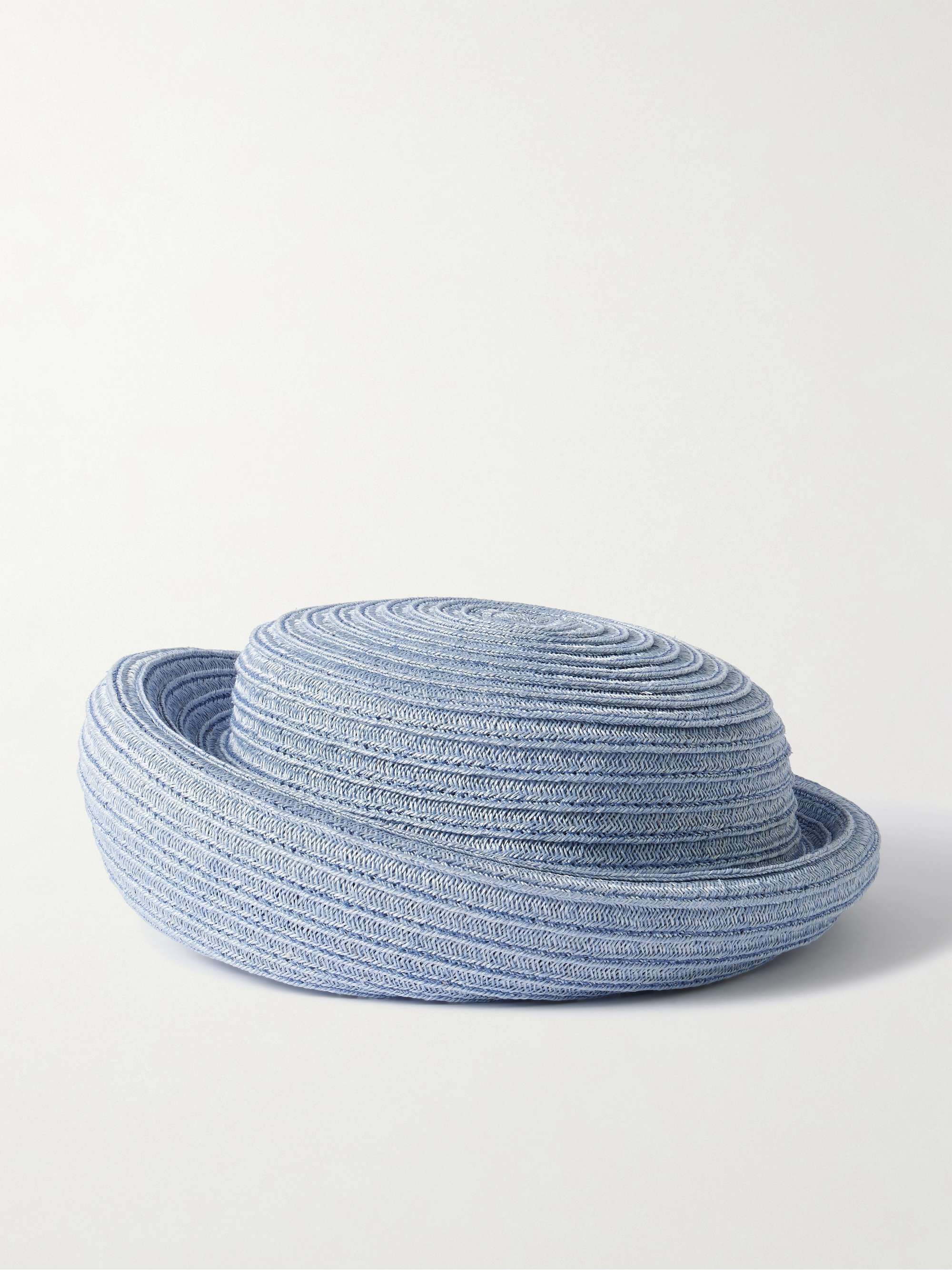
GIGI BURRIS
Straw Pillbox Hat
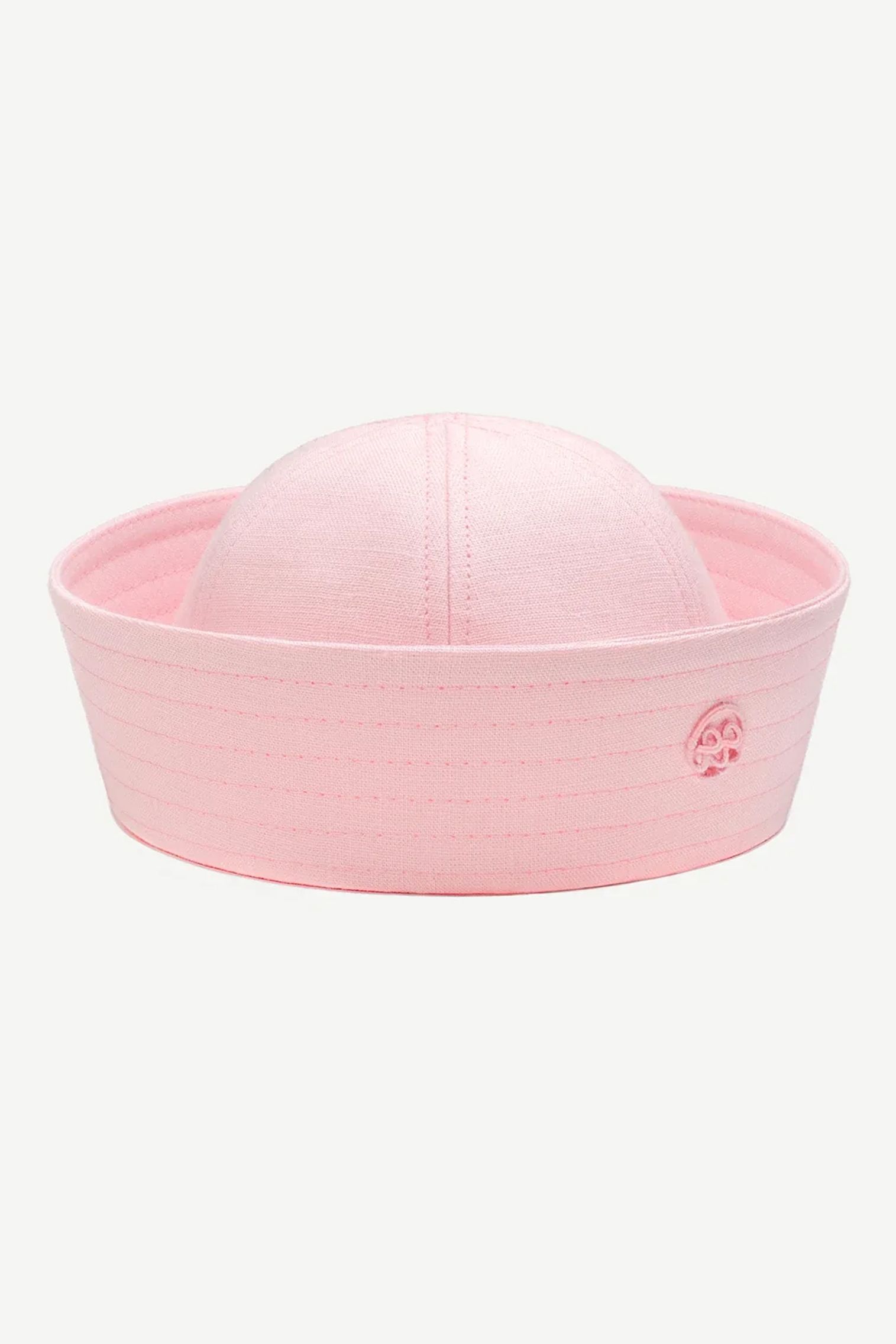
RUSLAN BAGINSKIY
Sailor Hat
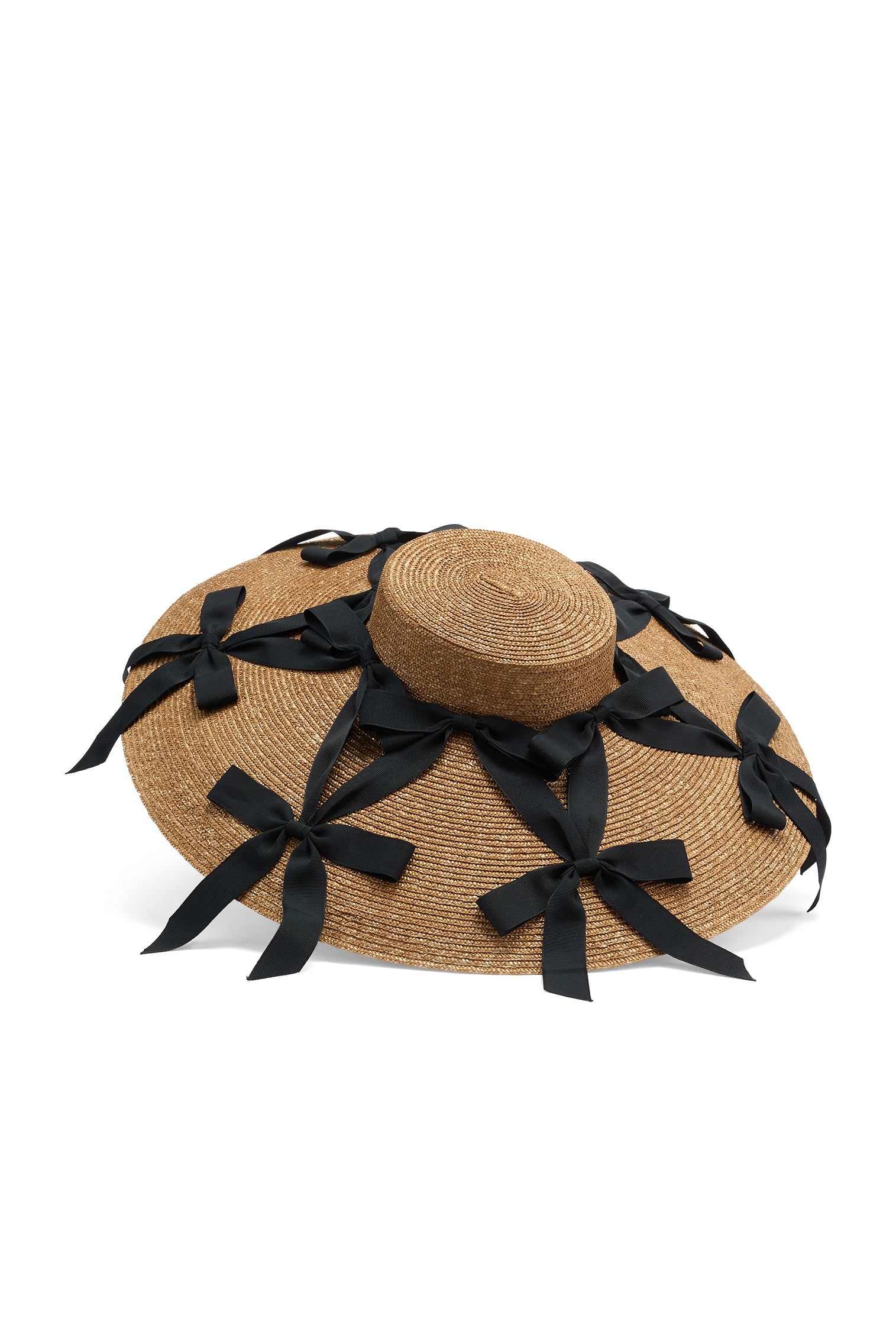
Lock & Co. Hatters
Wide Brim Percher
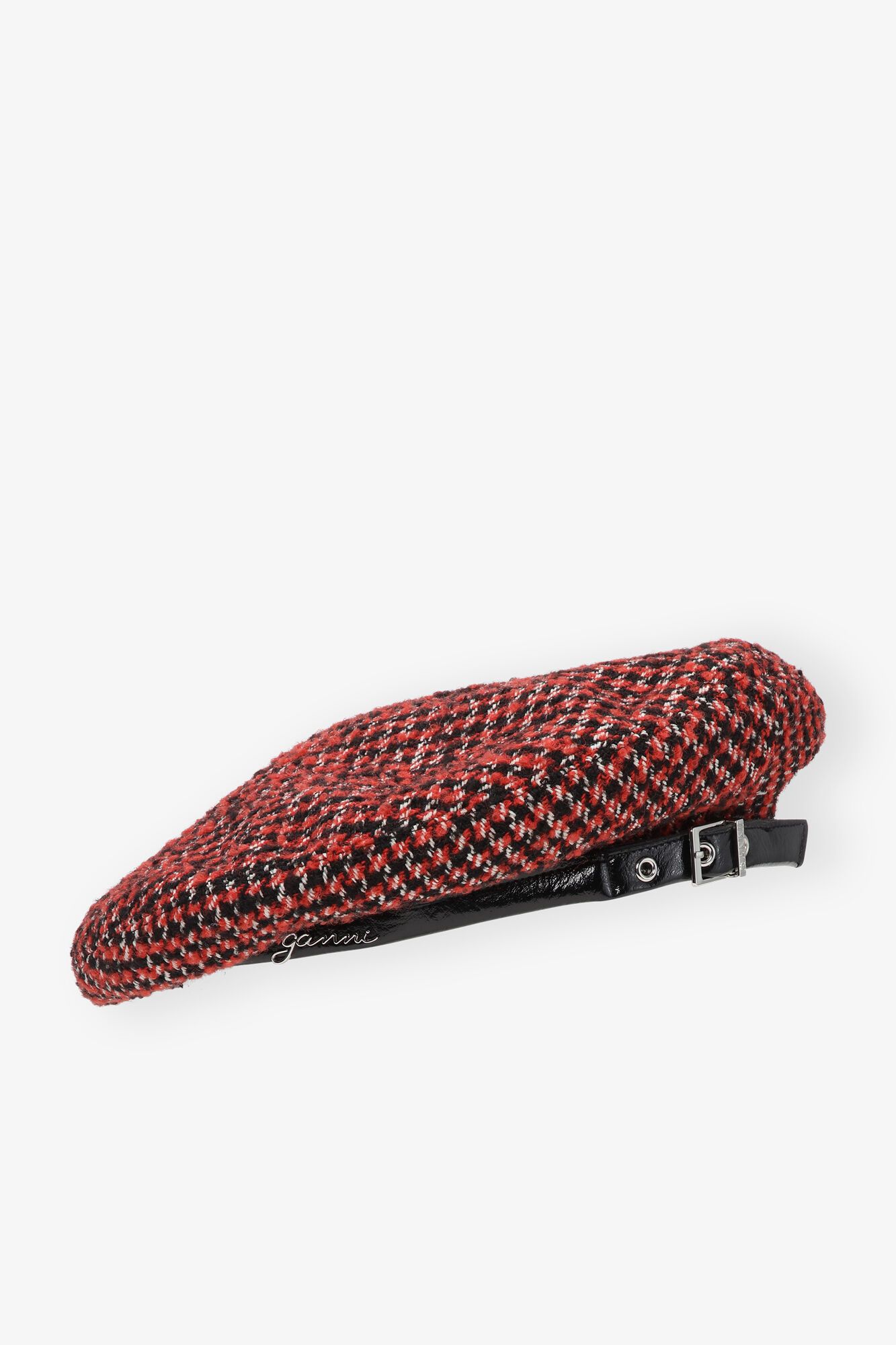
9. Strange Skirts
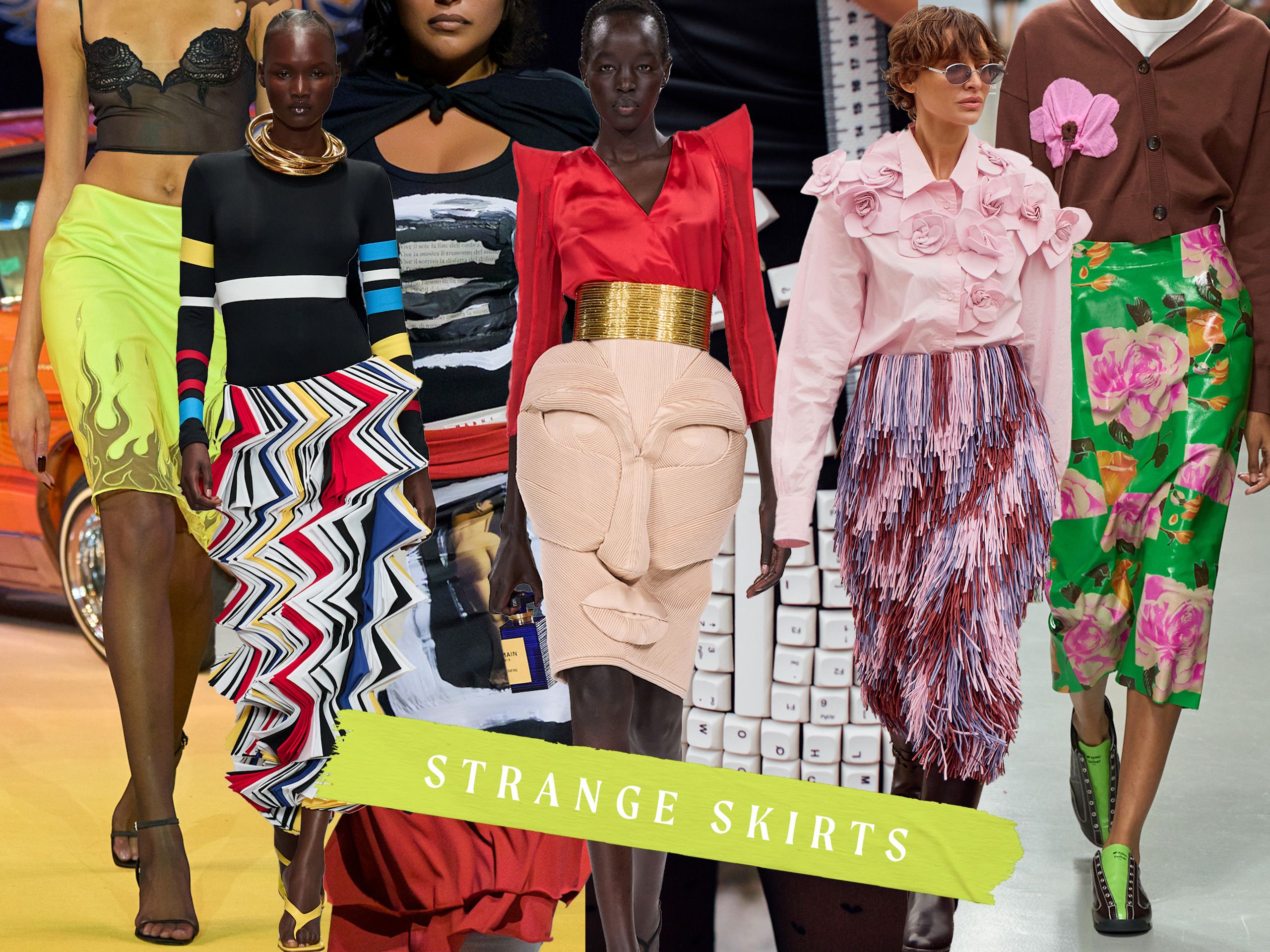
Style Notes: When it comes to skirts this season, things have gone a bit strange. Marni, Balmain and Loewe have all embraced odd shapes, sculptural details and extreme embellishments. From asymmetrical hems and ballooning silhouettes to heavy fringing and tough metalwork, these skirts are designed to encourage double takes. Whether paired with a simple tee or a clashing statement top, it’s about pushing boundaries and embracing the unconventional, making every outfit a true expression of individuality.
Shop the Trend:
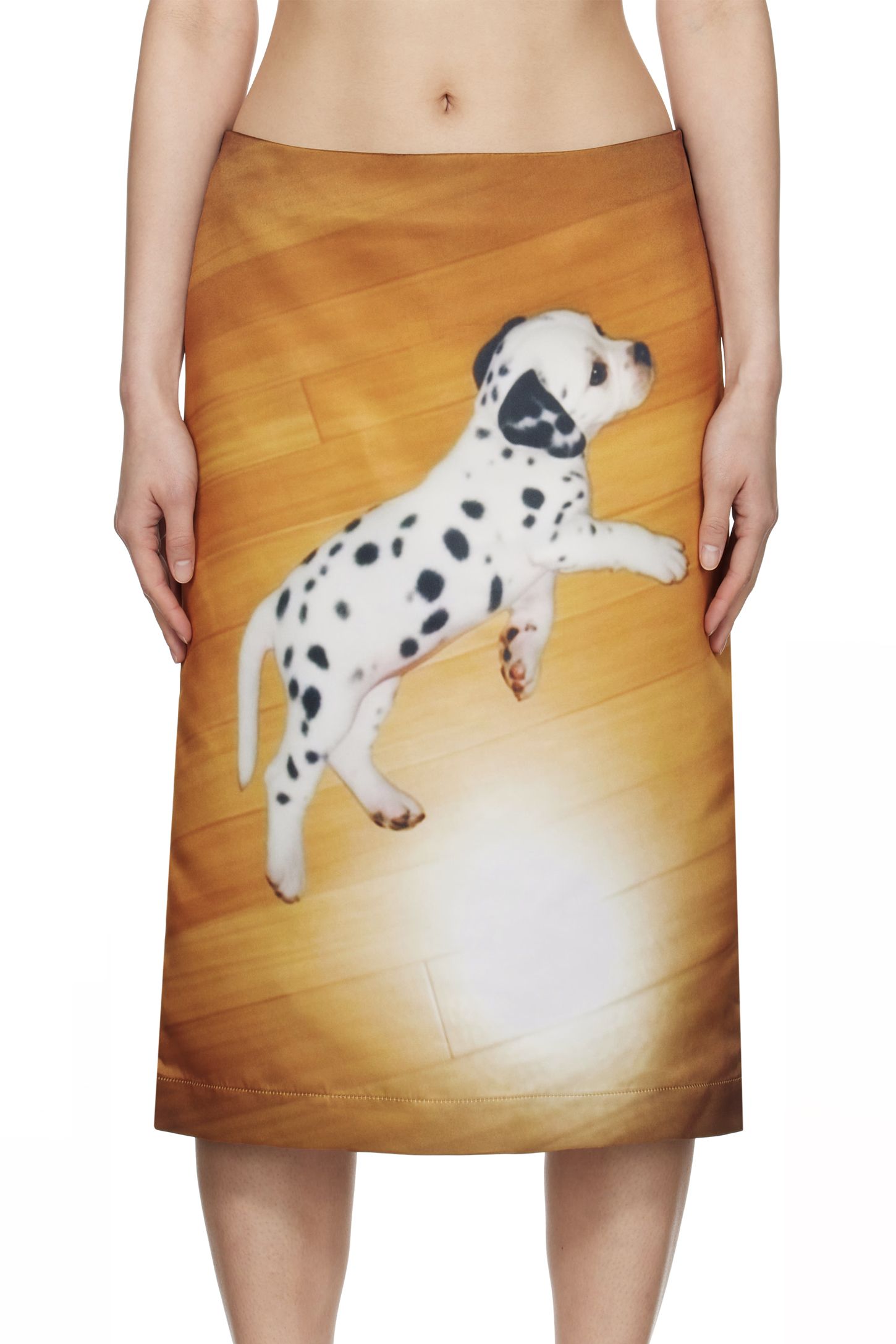
Ashley Williams
Printed Midi Skirt
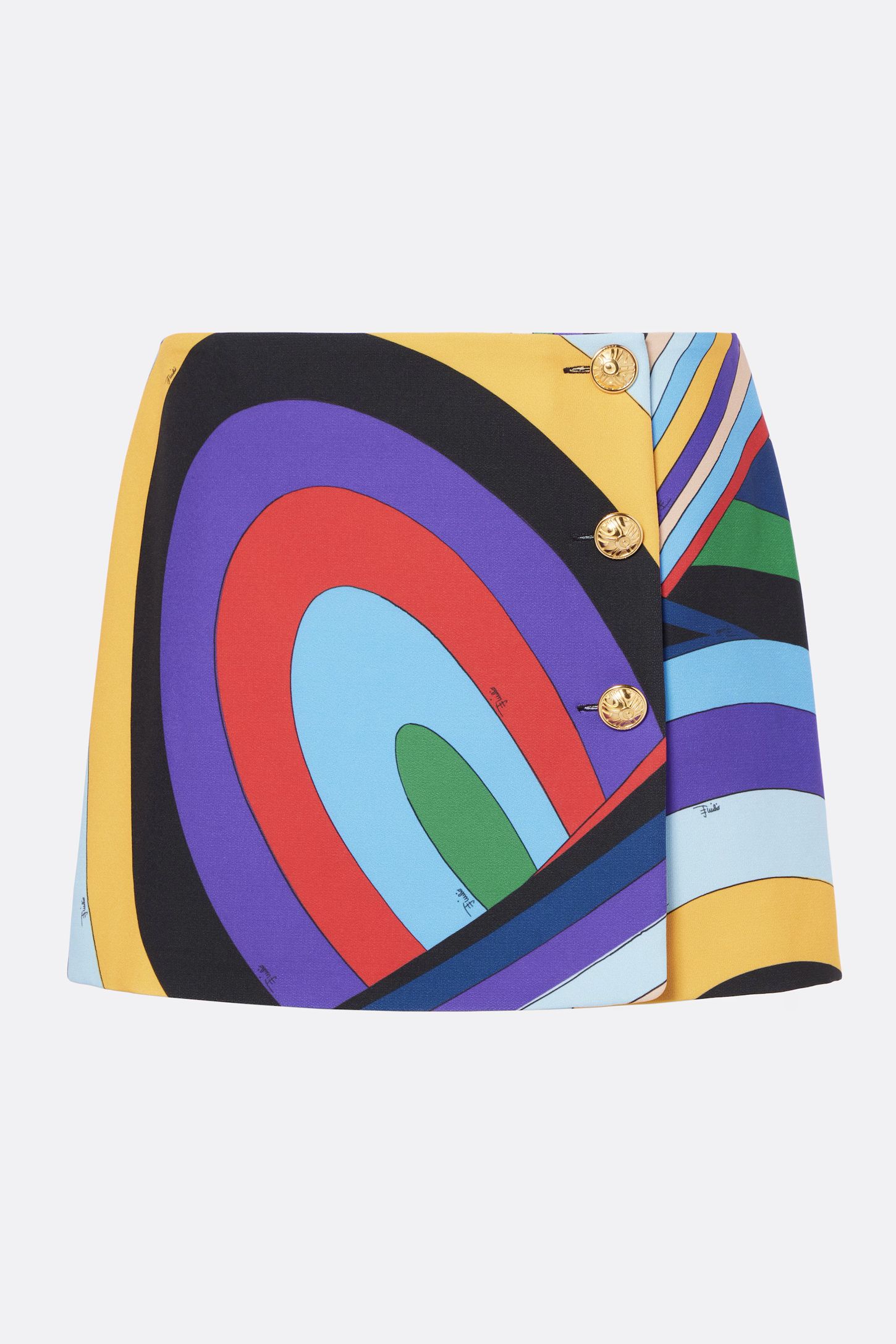
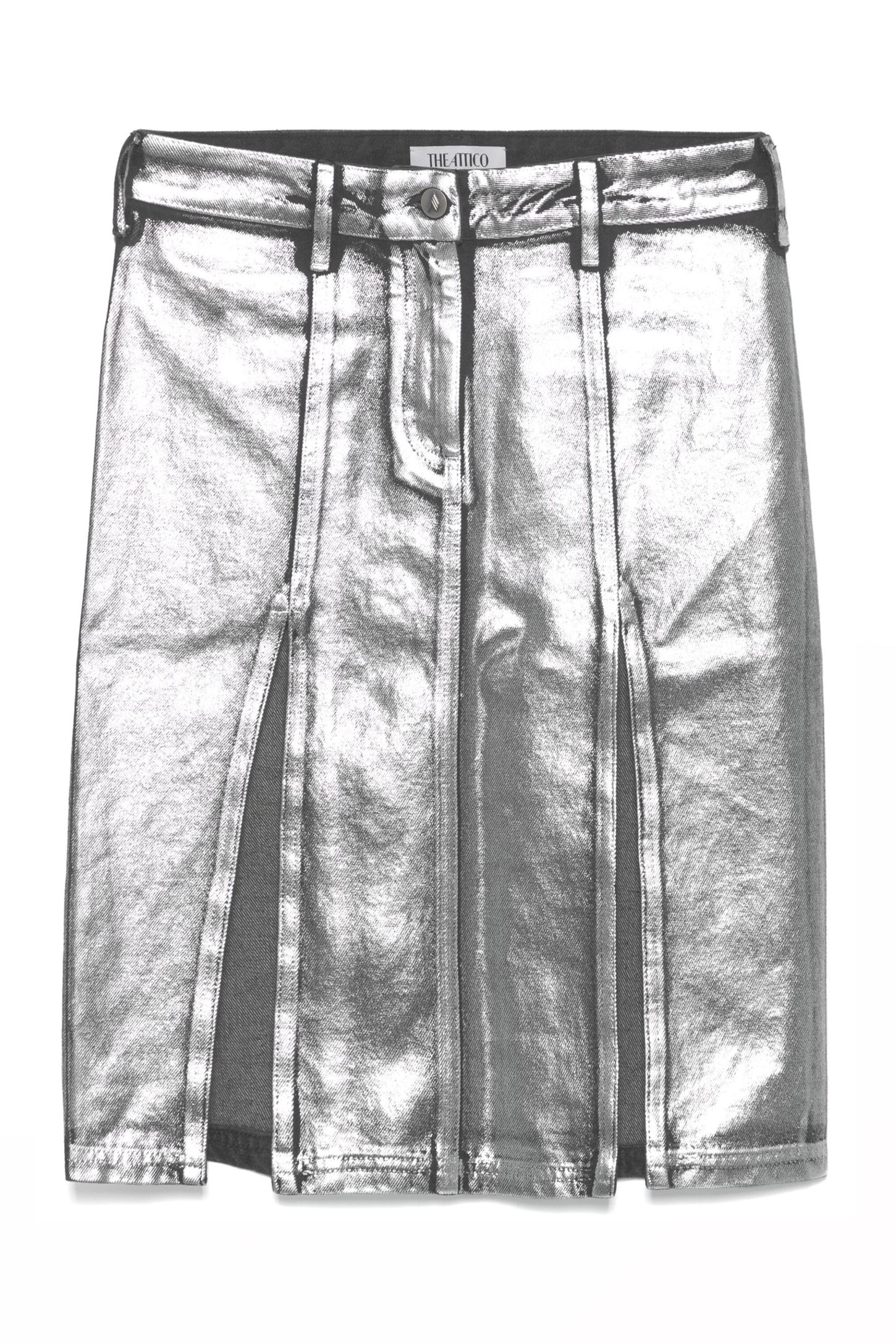
The Attico
Denim Midi Skirt
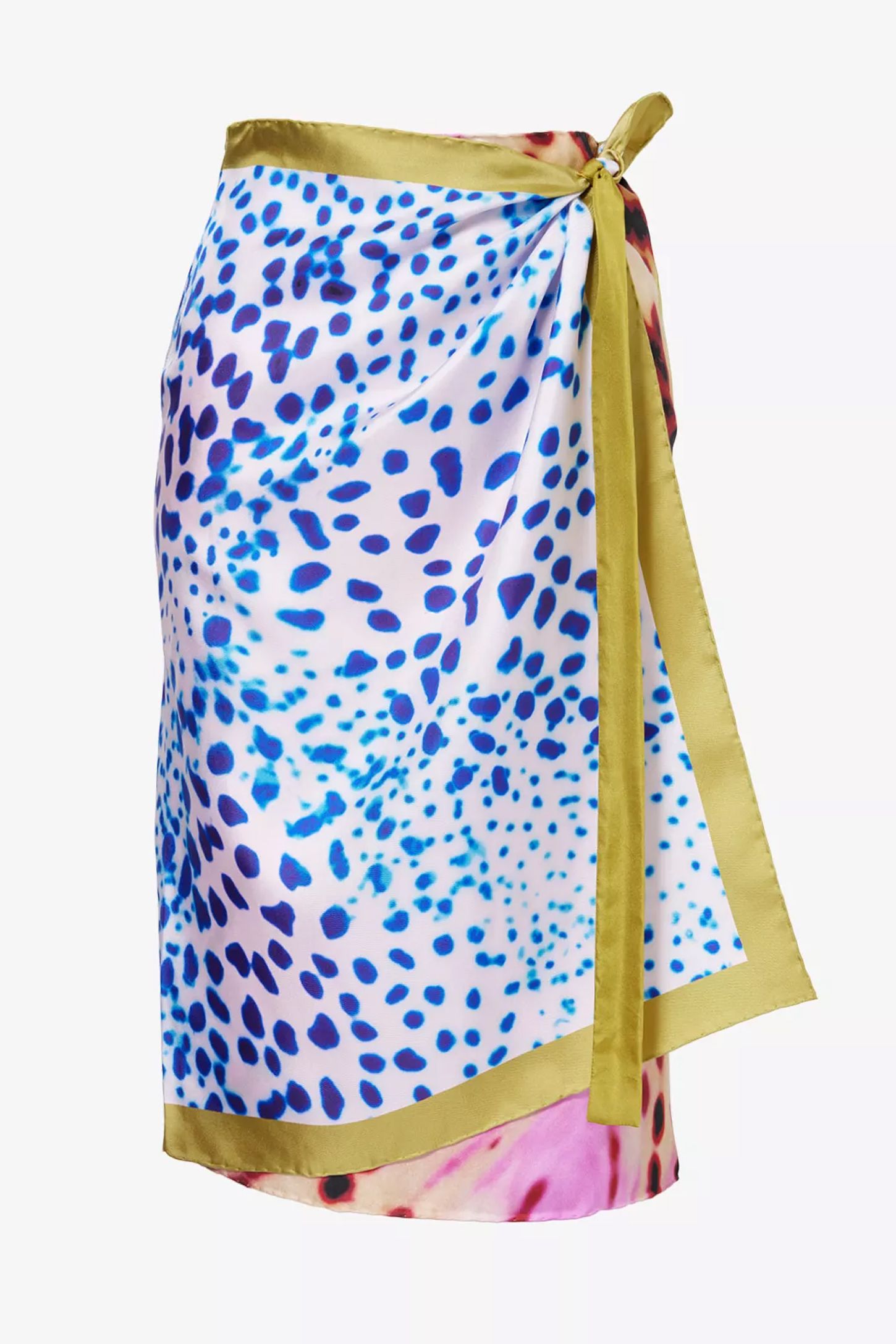
DRIES VAN NOTEN
Silk Midi Skirt
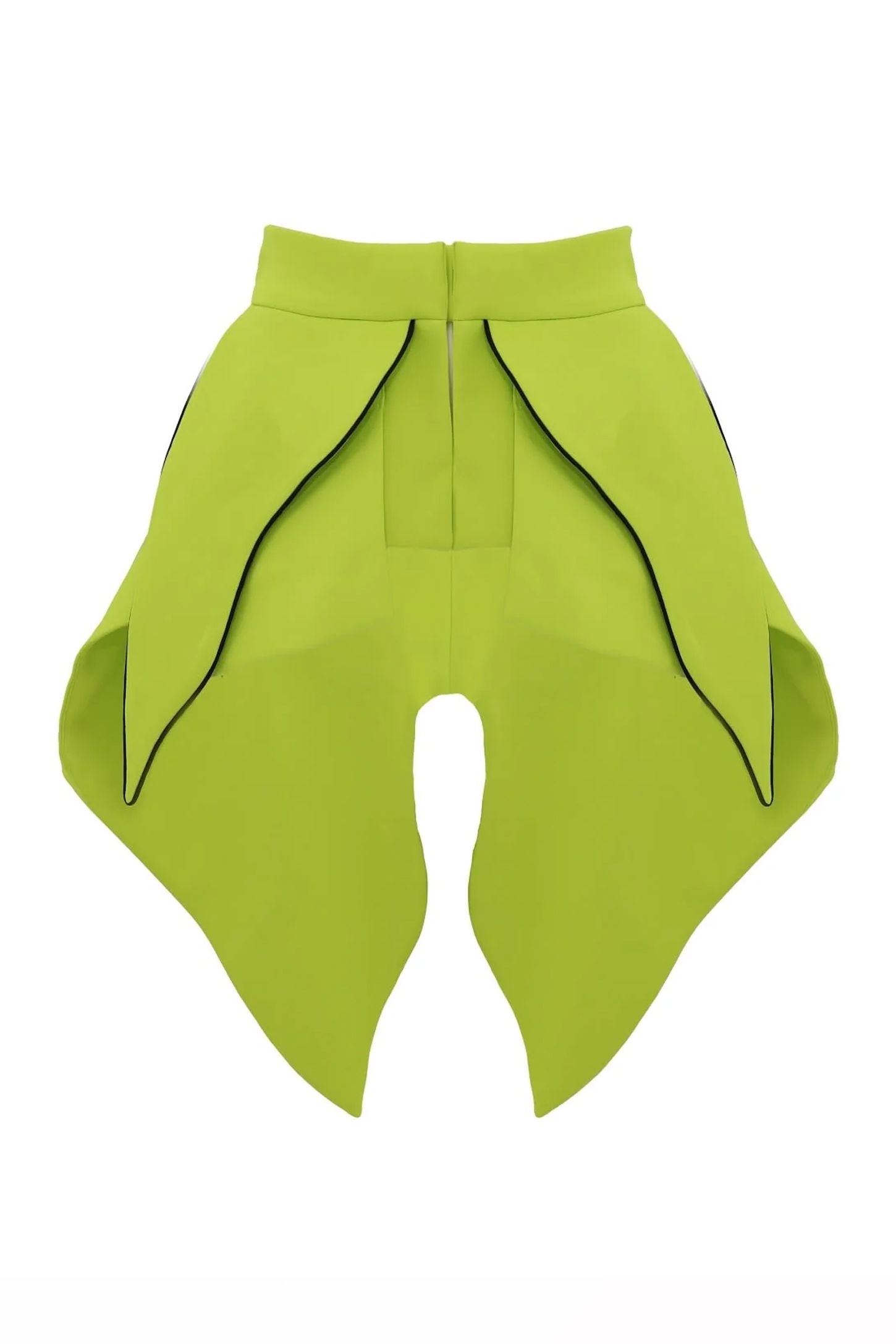
Julia Allert
Sculpted Peplum Belt
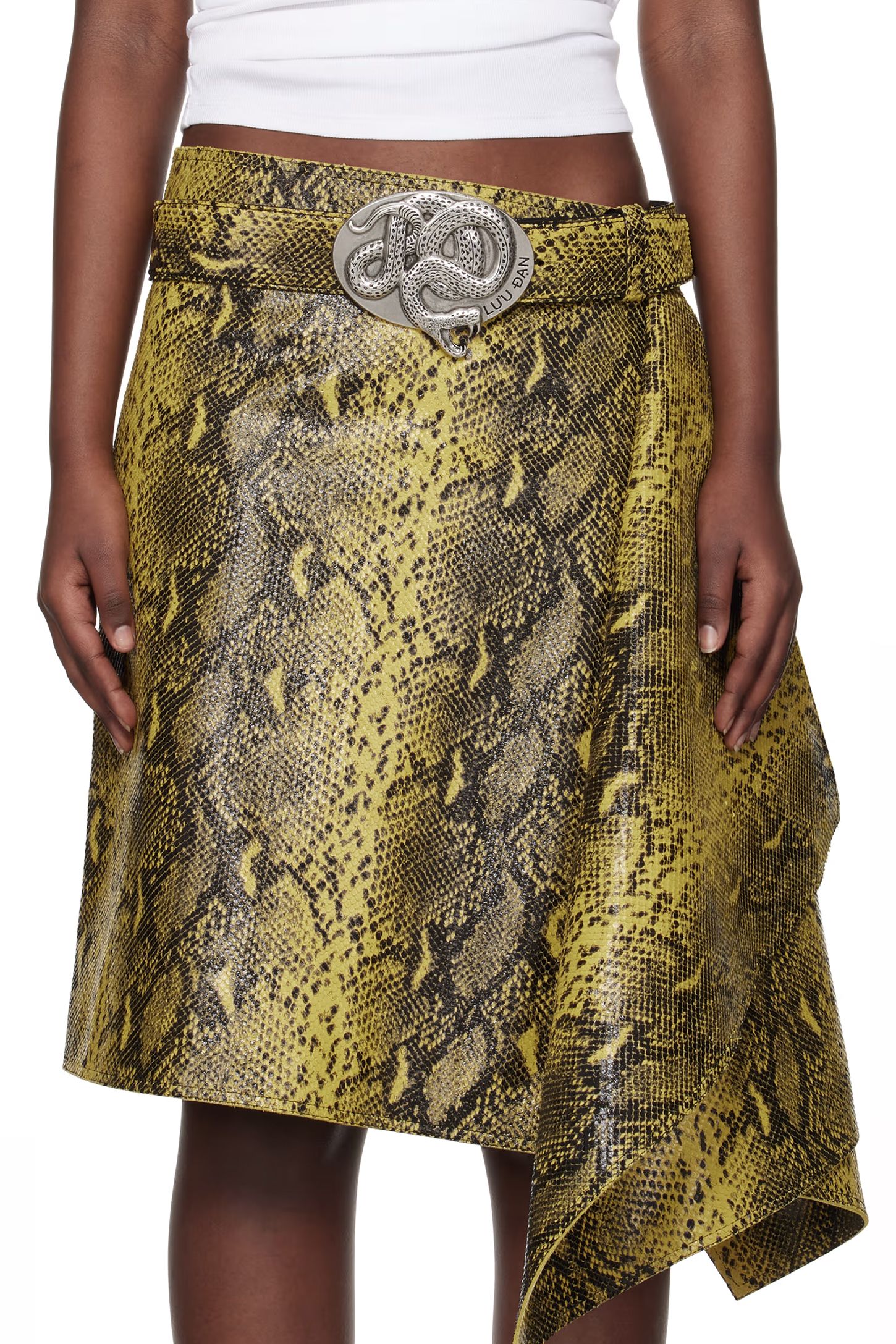
LU’U DAN
Wrap Leather Skirt
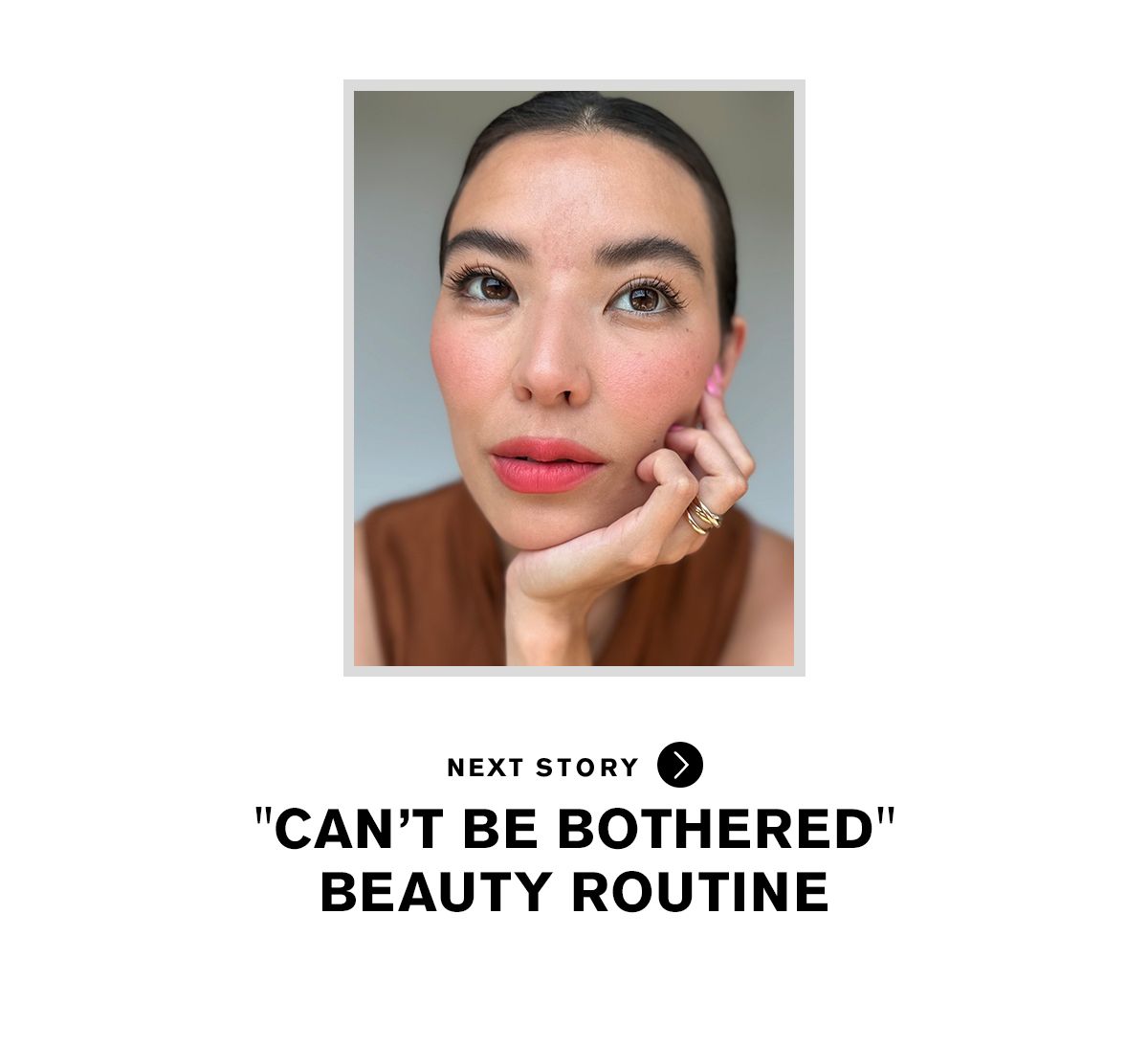
(Image credit: Future)

